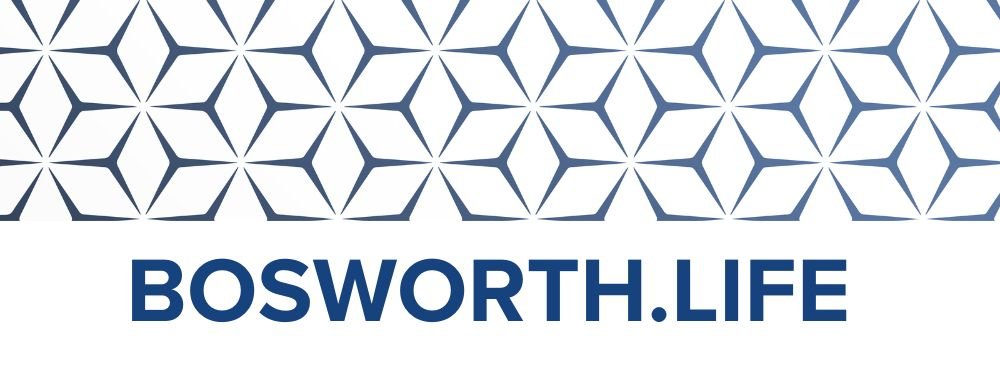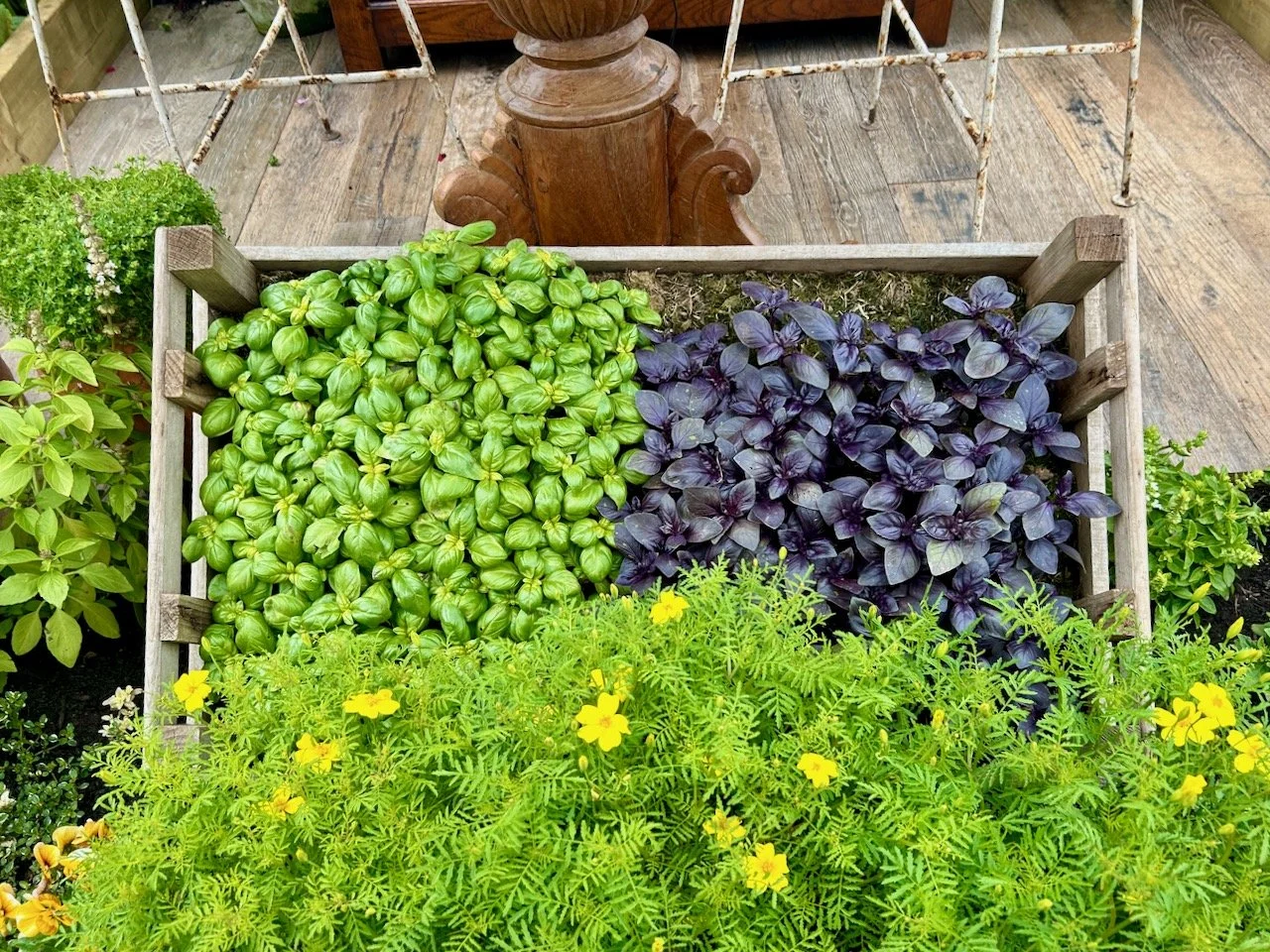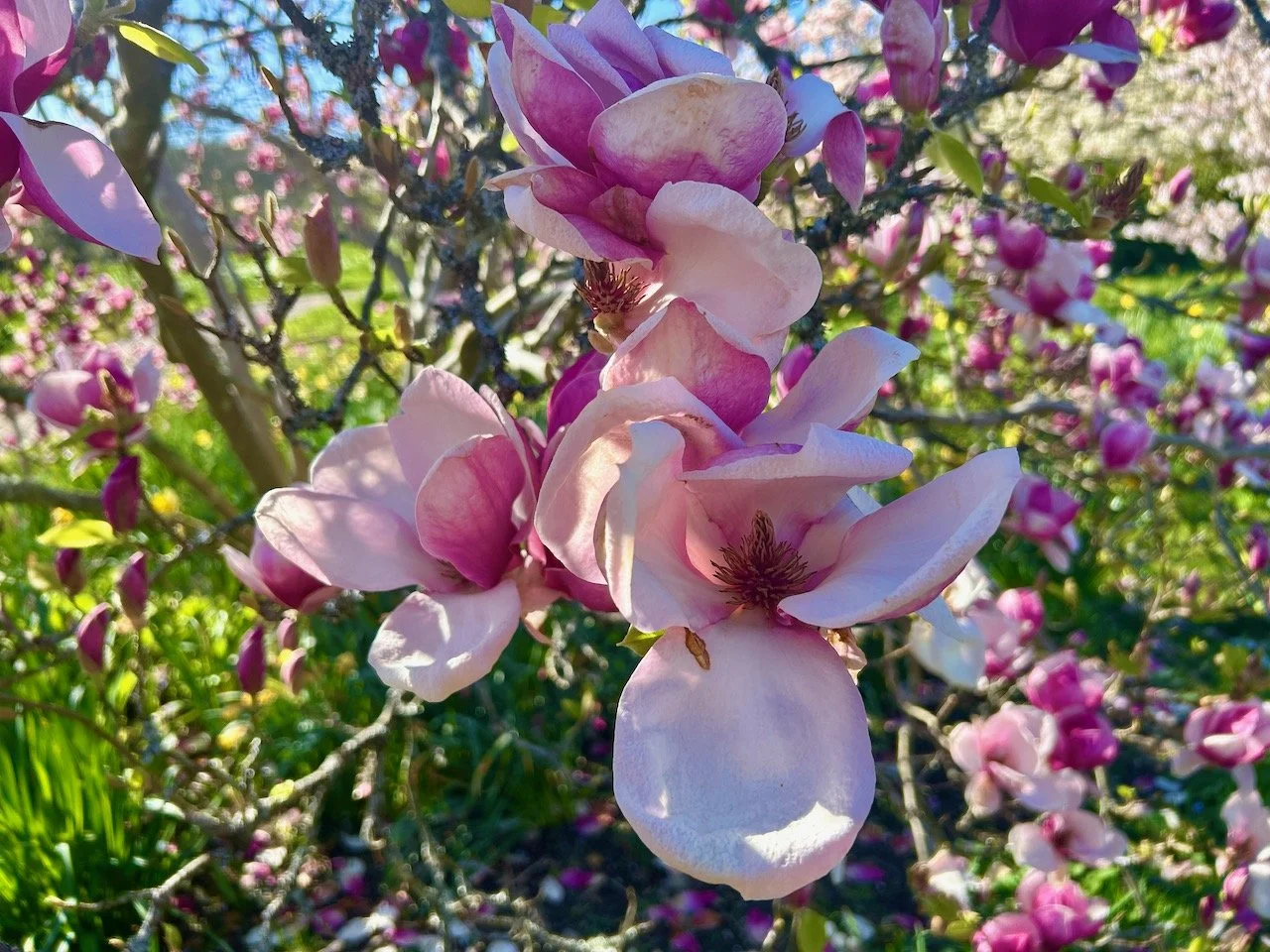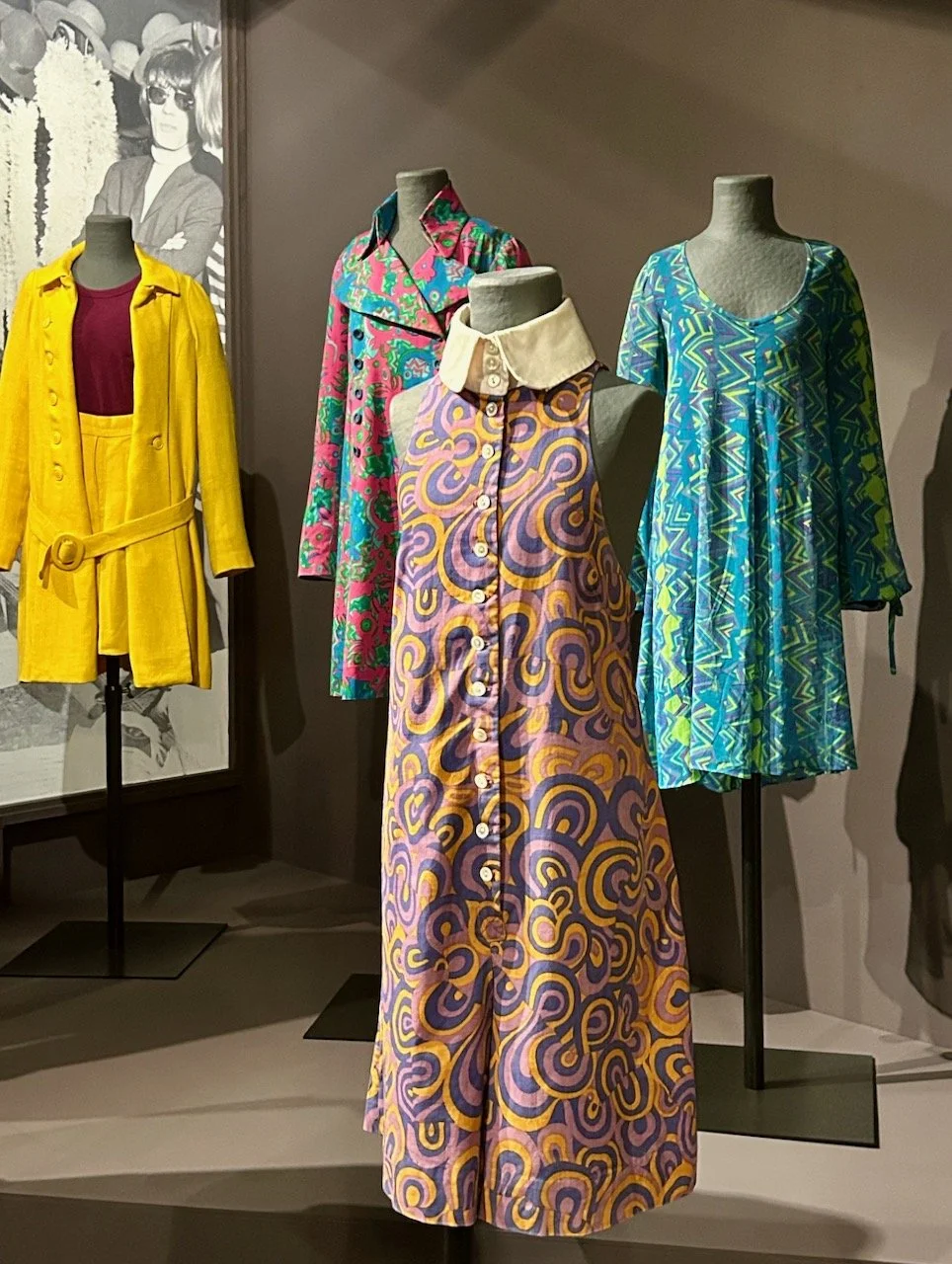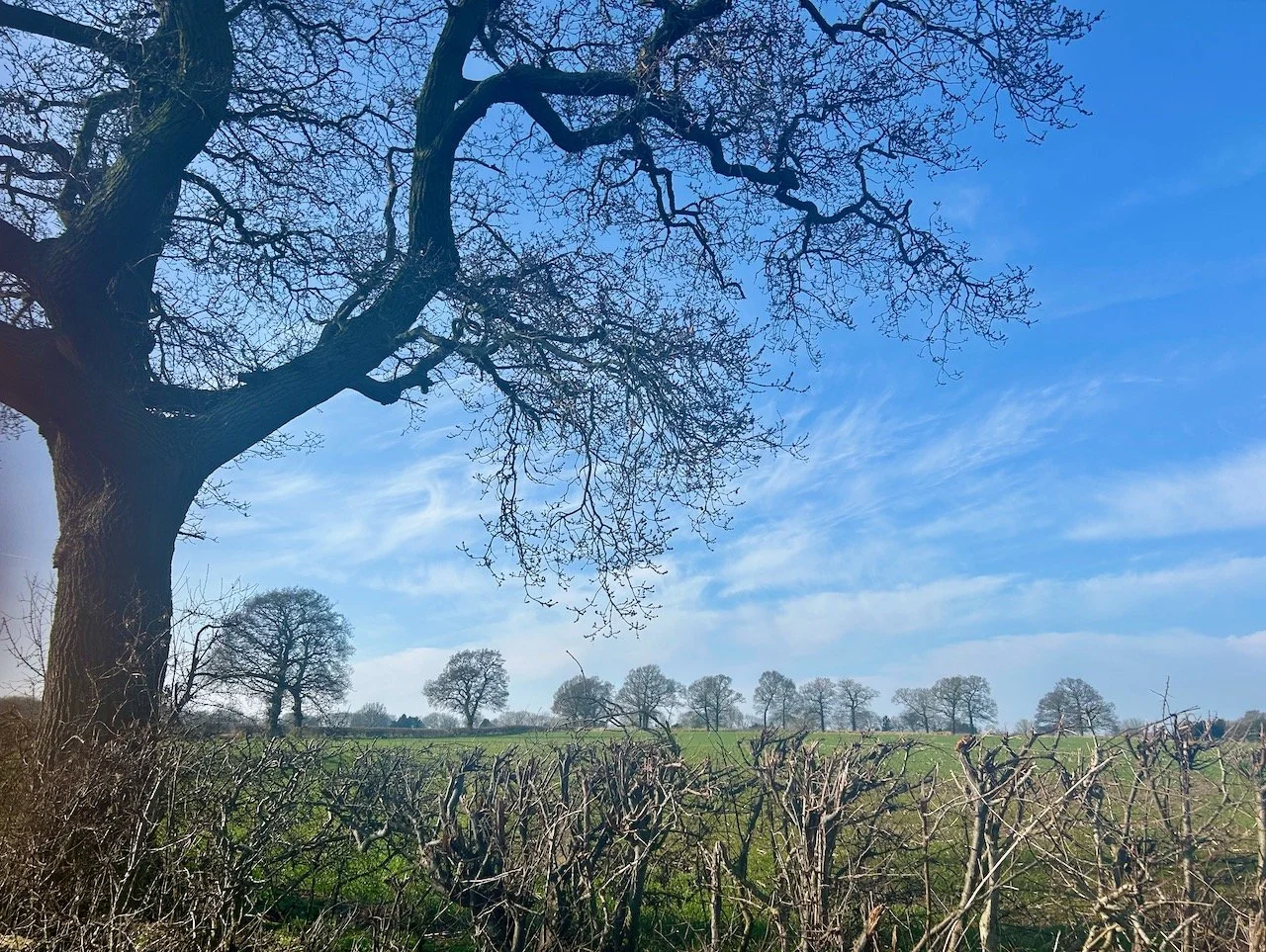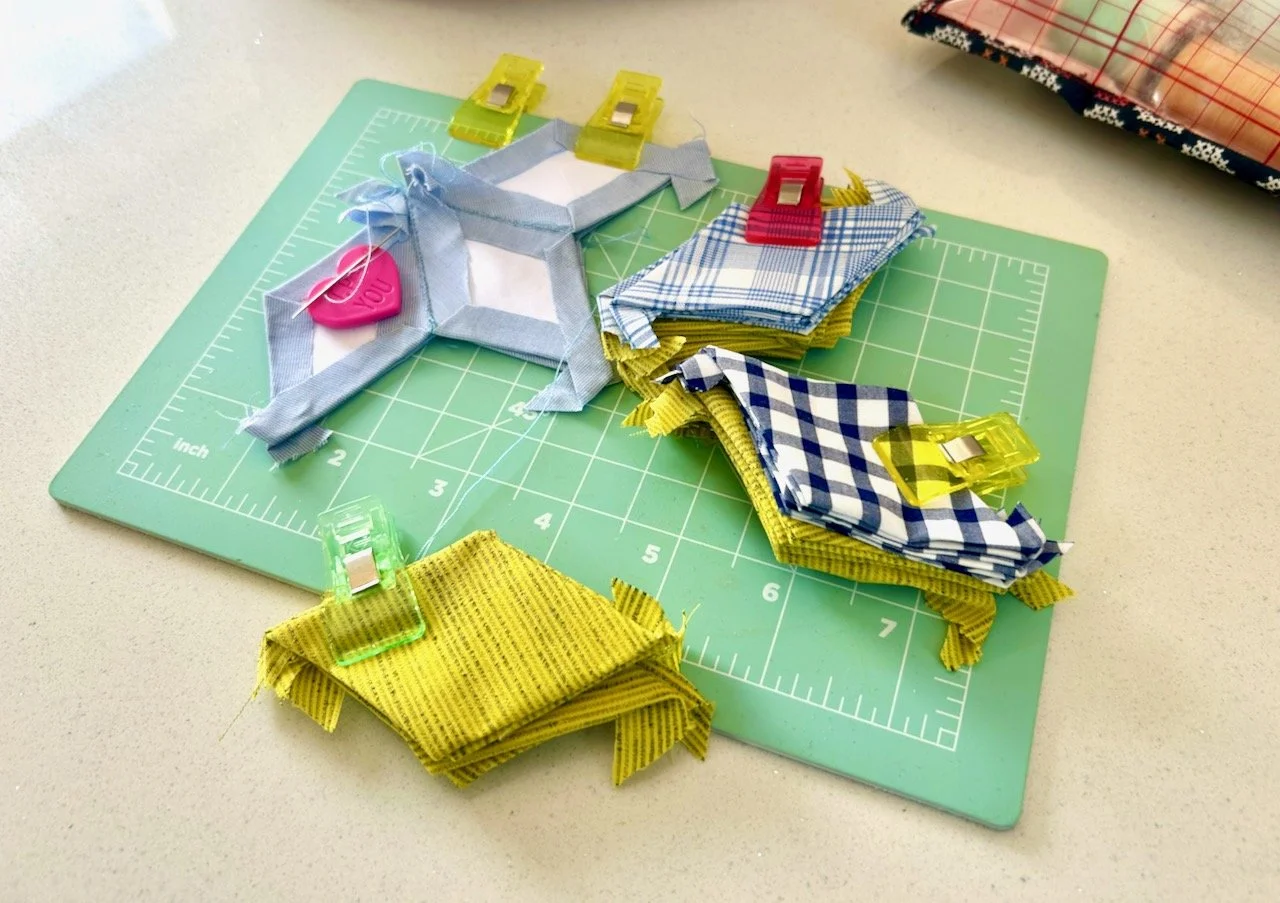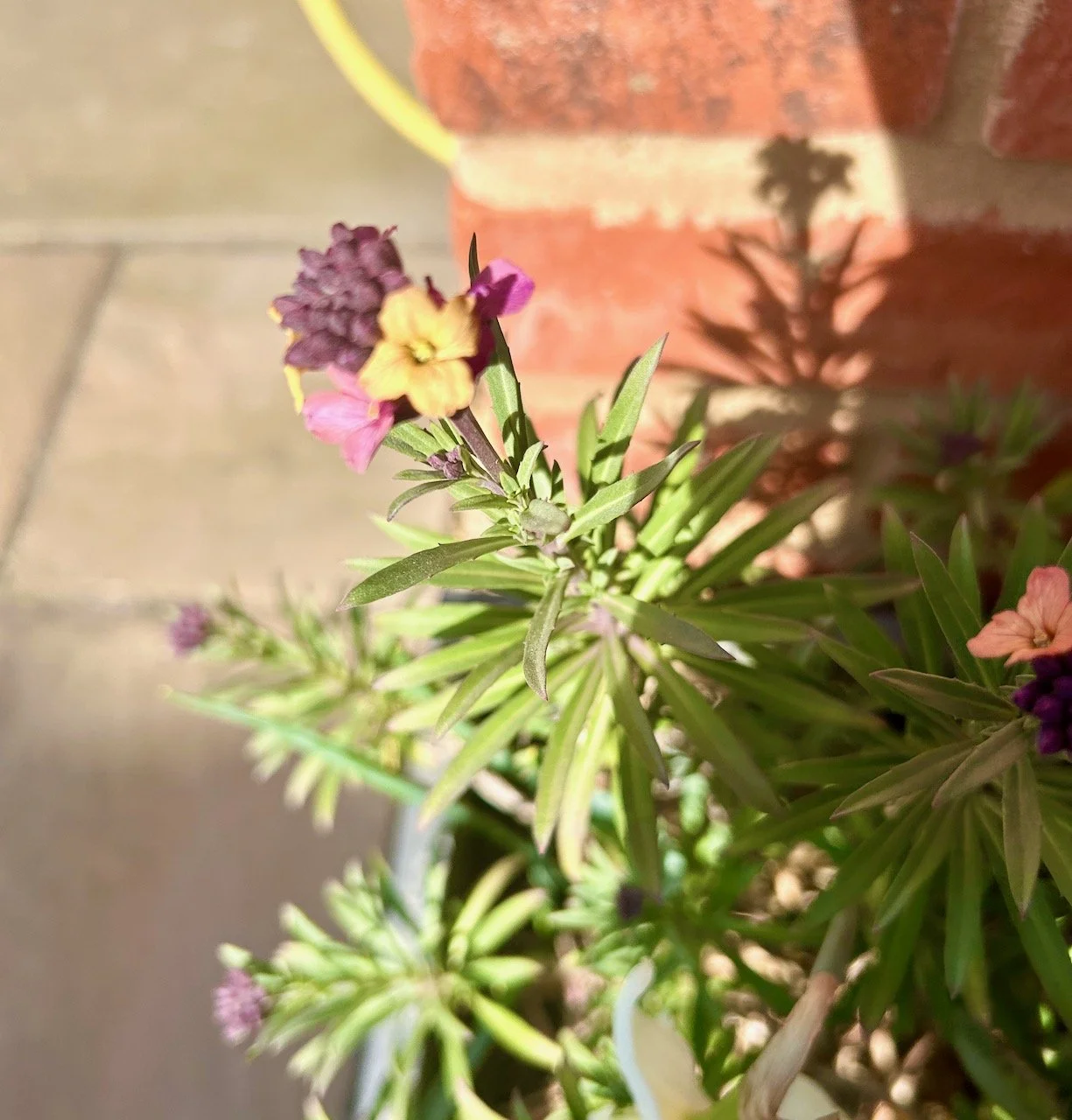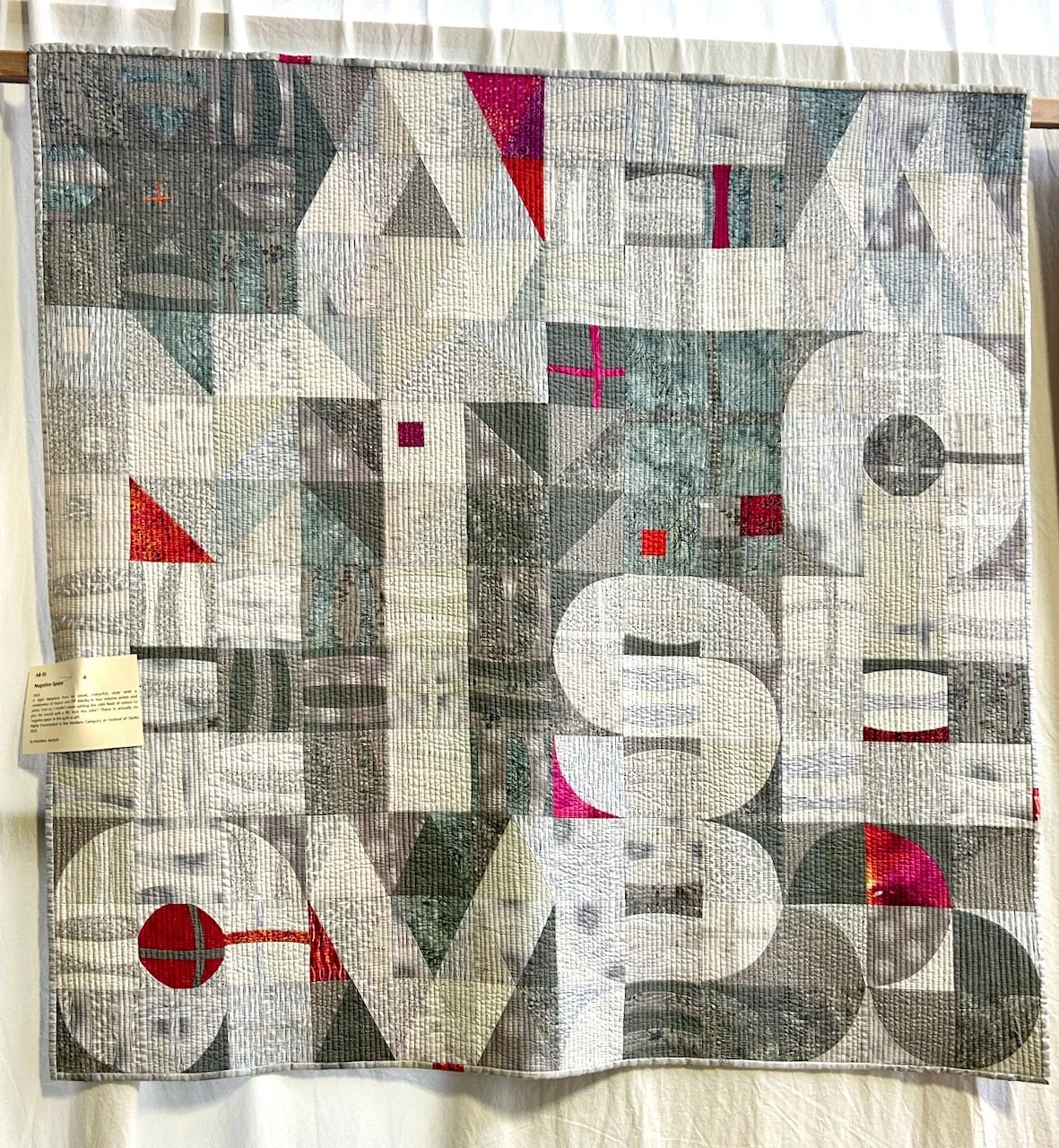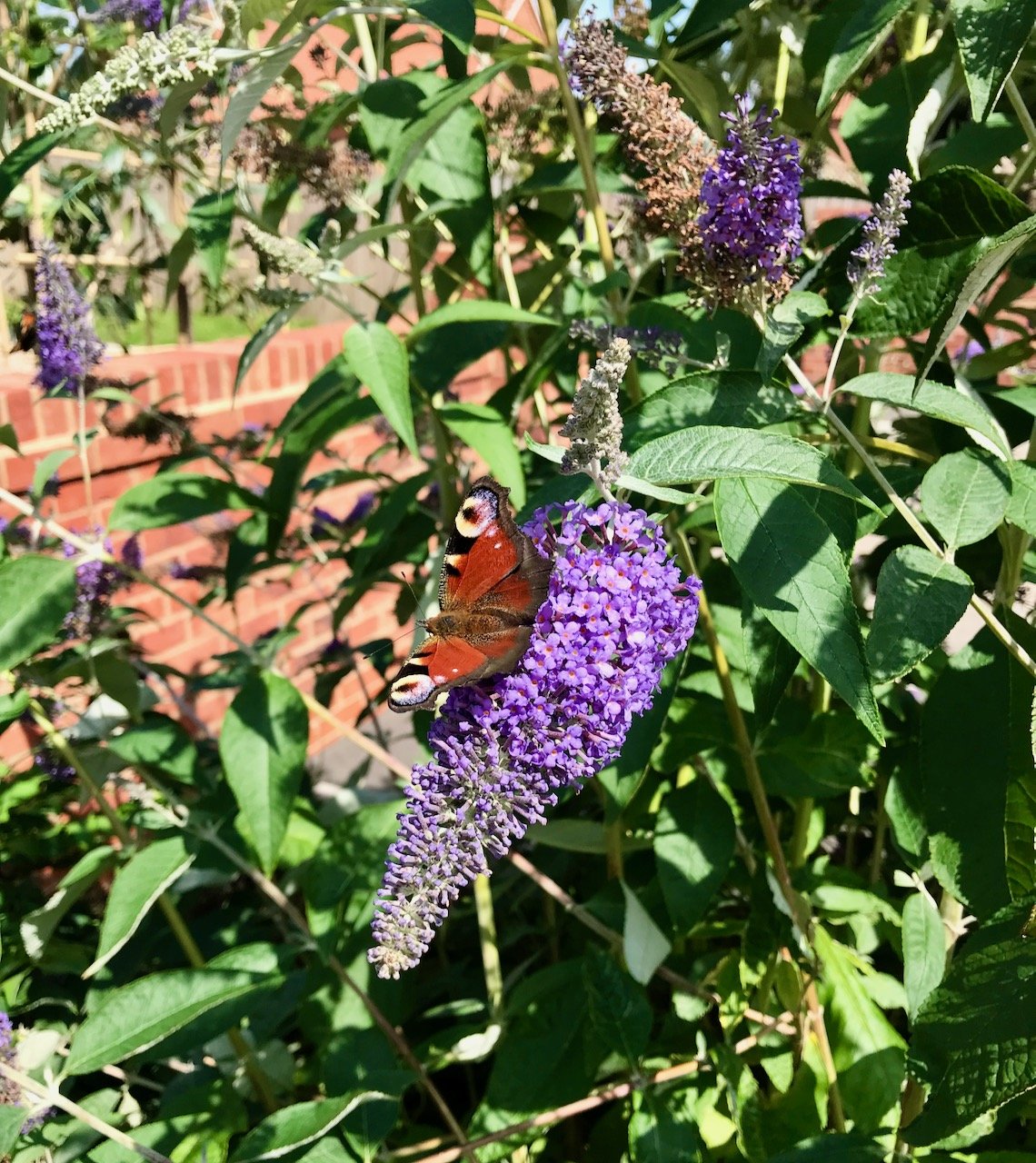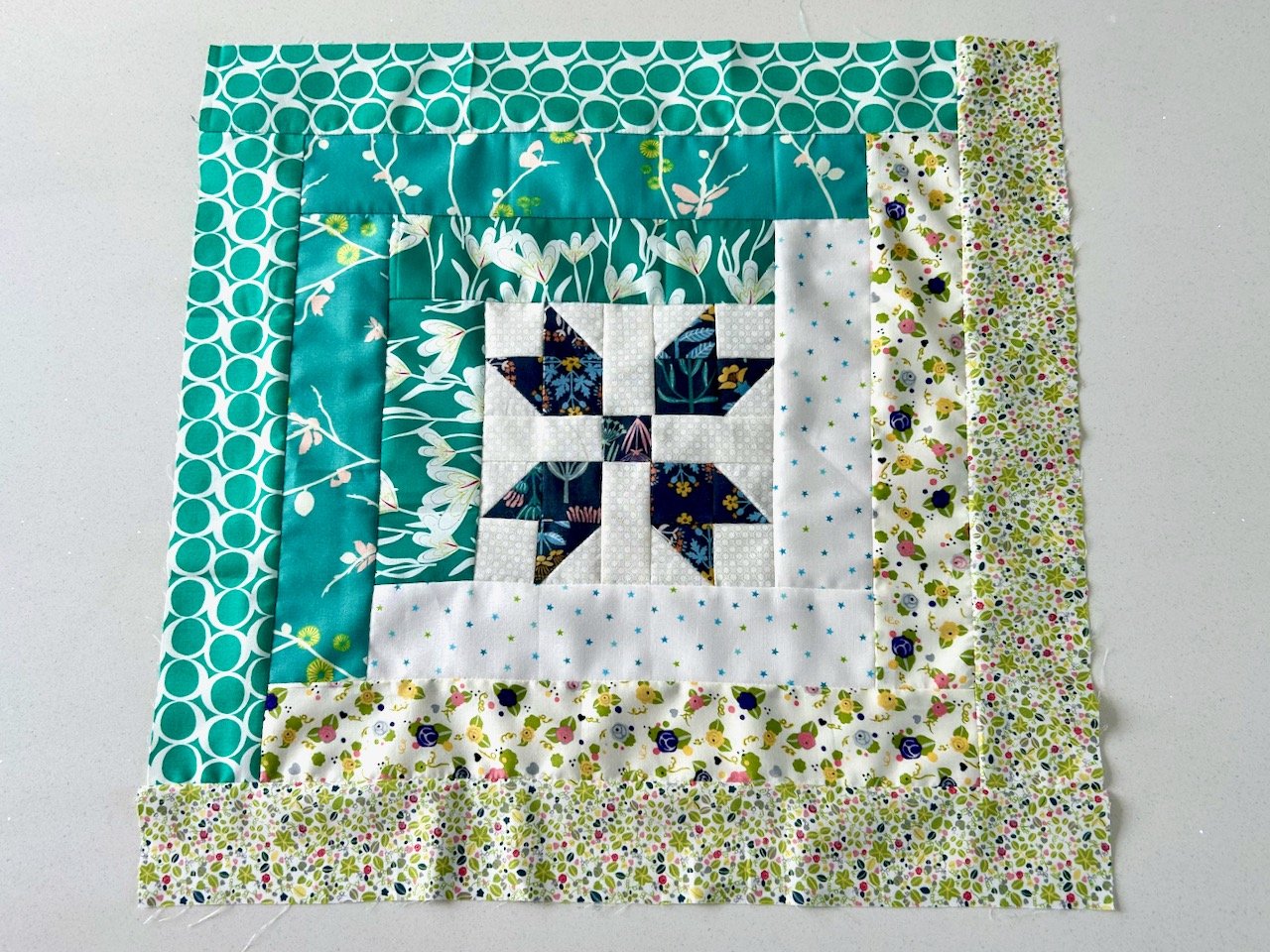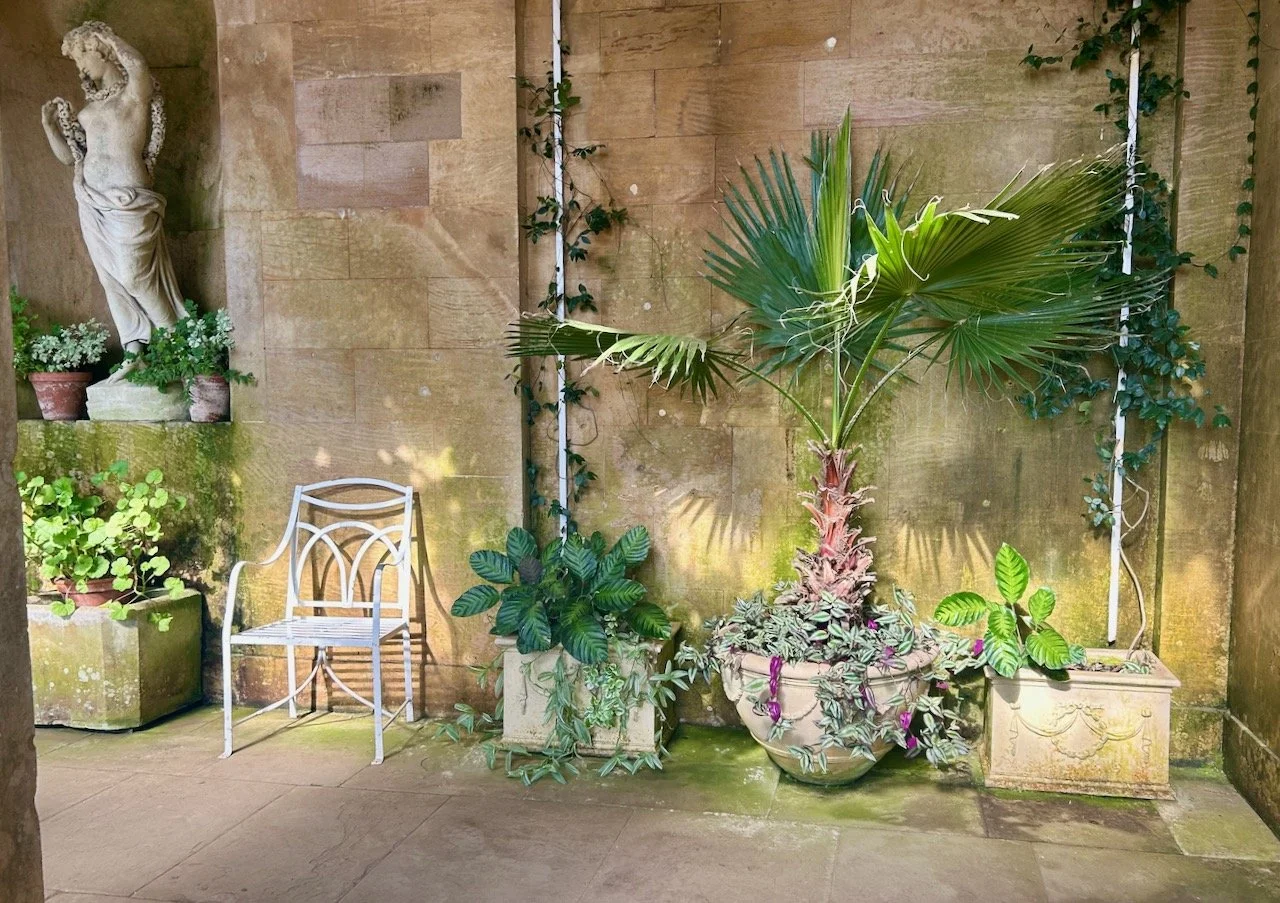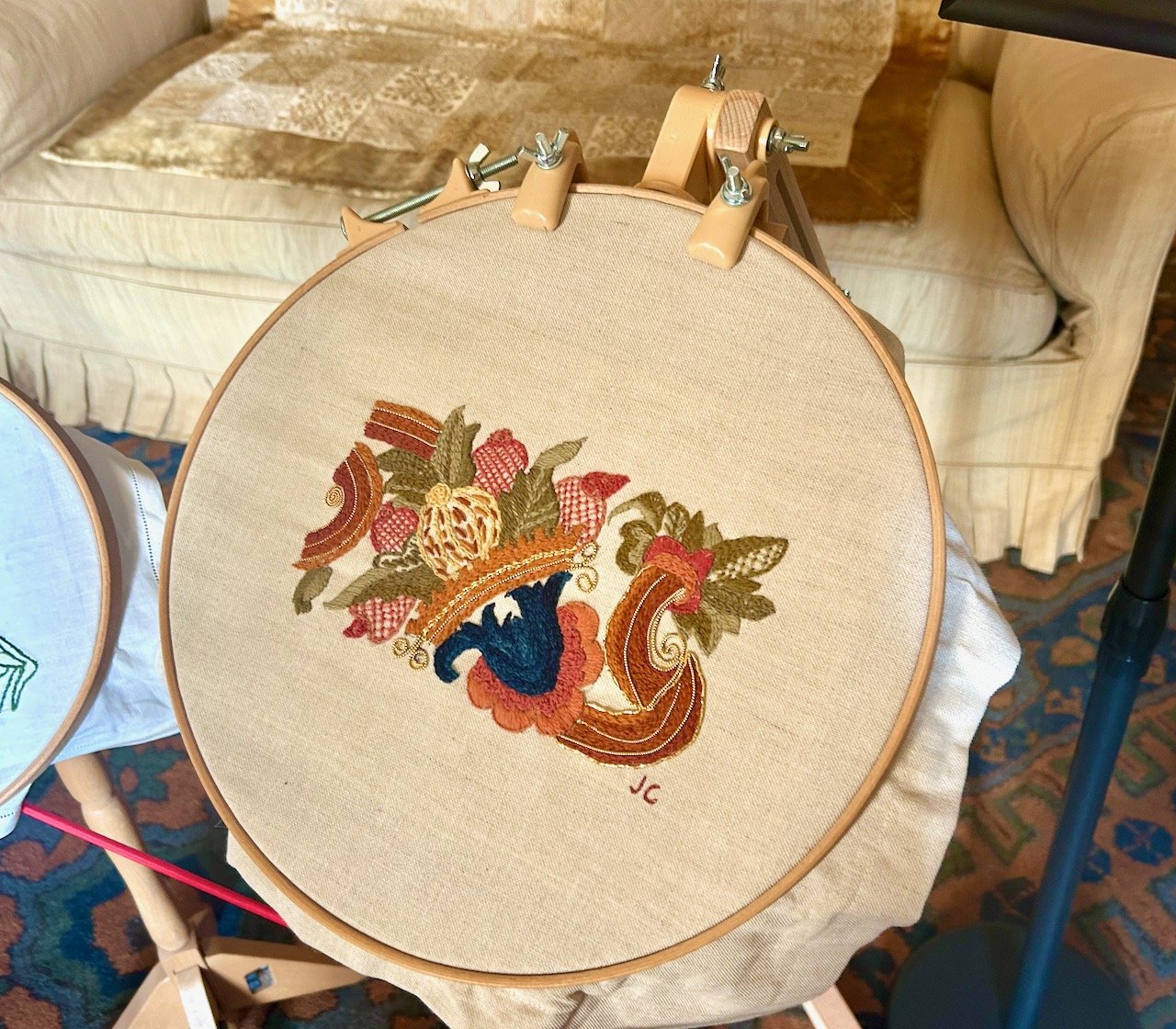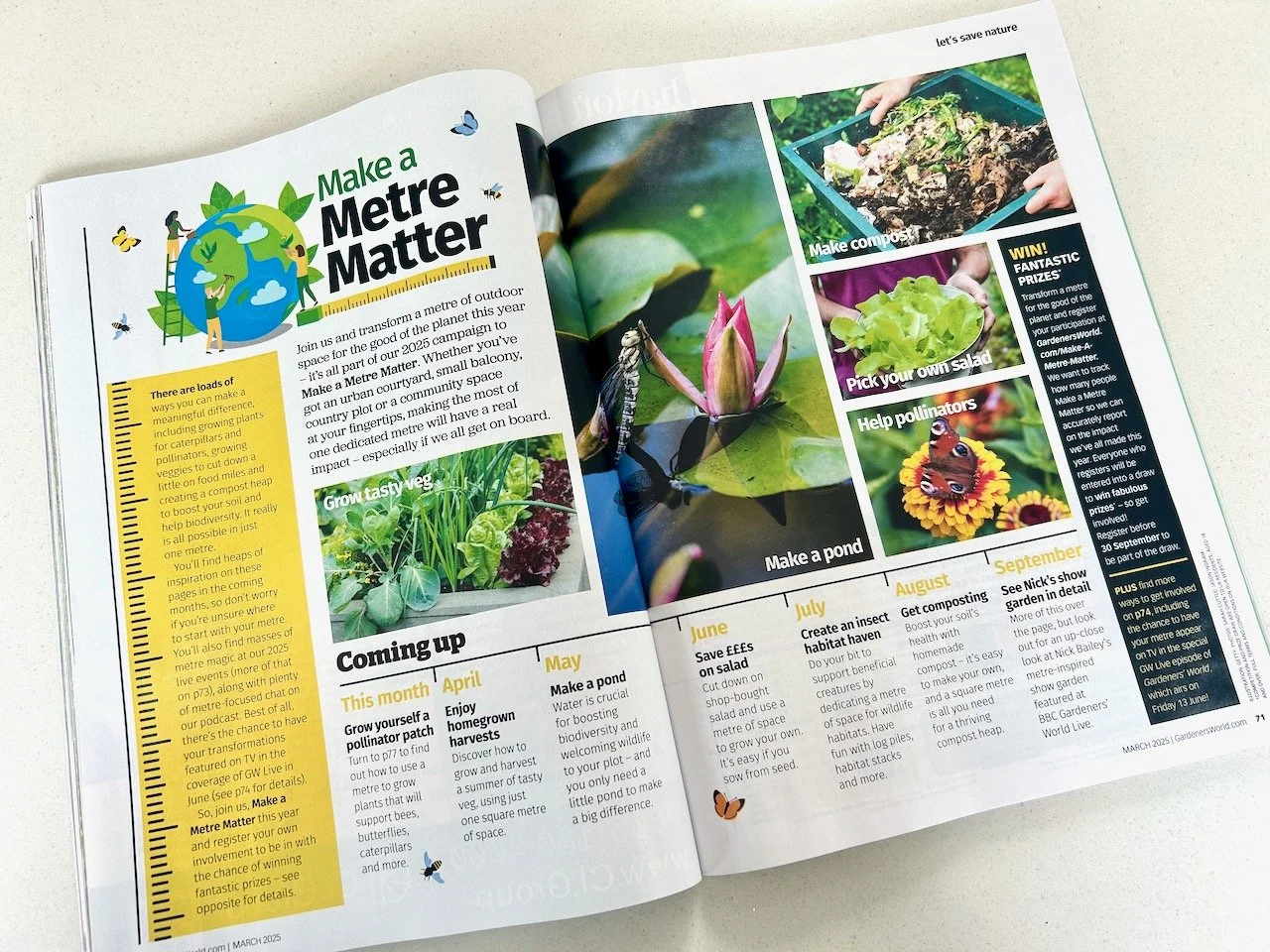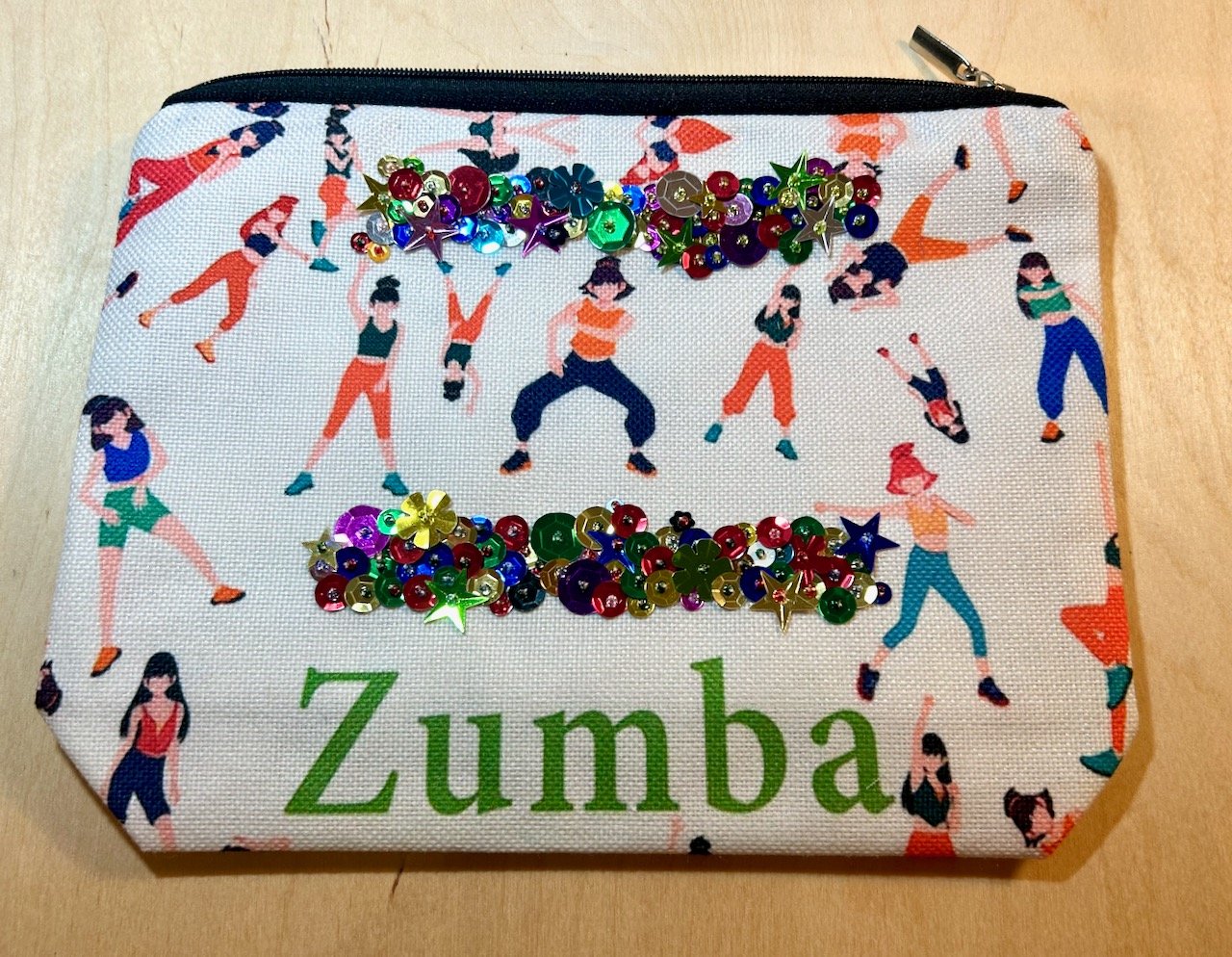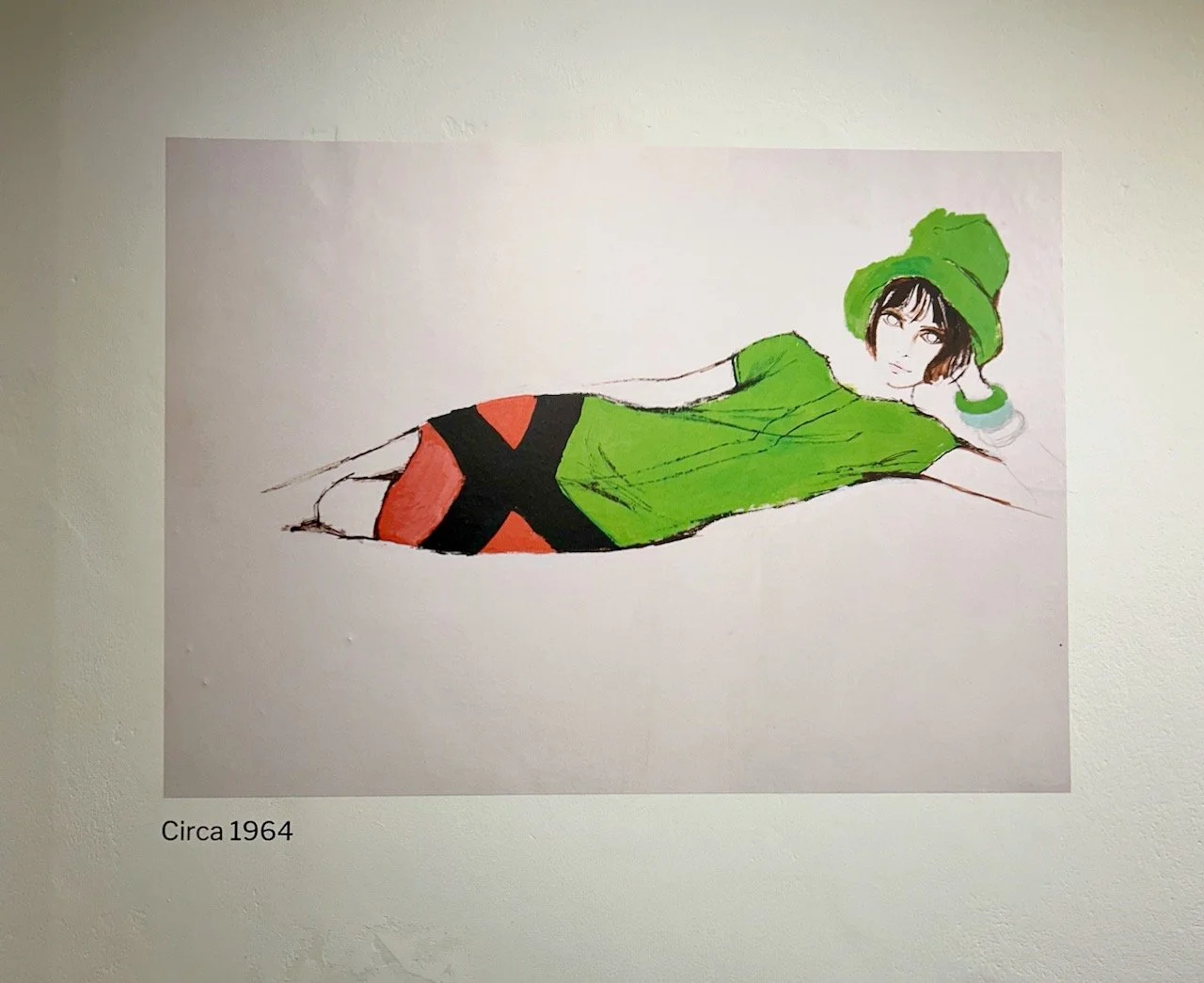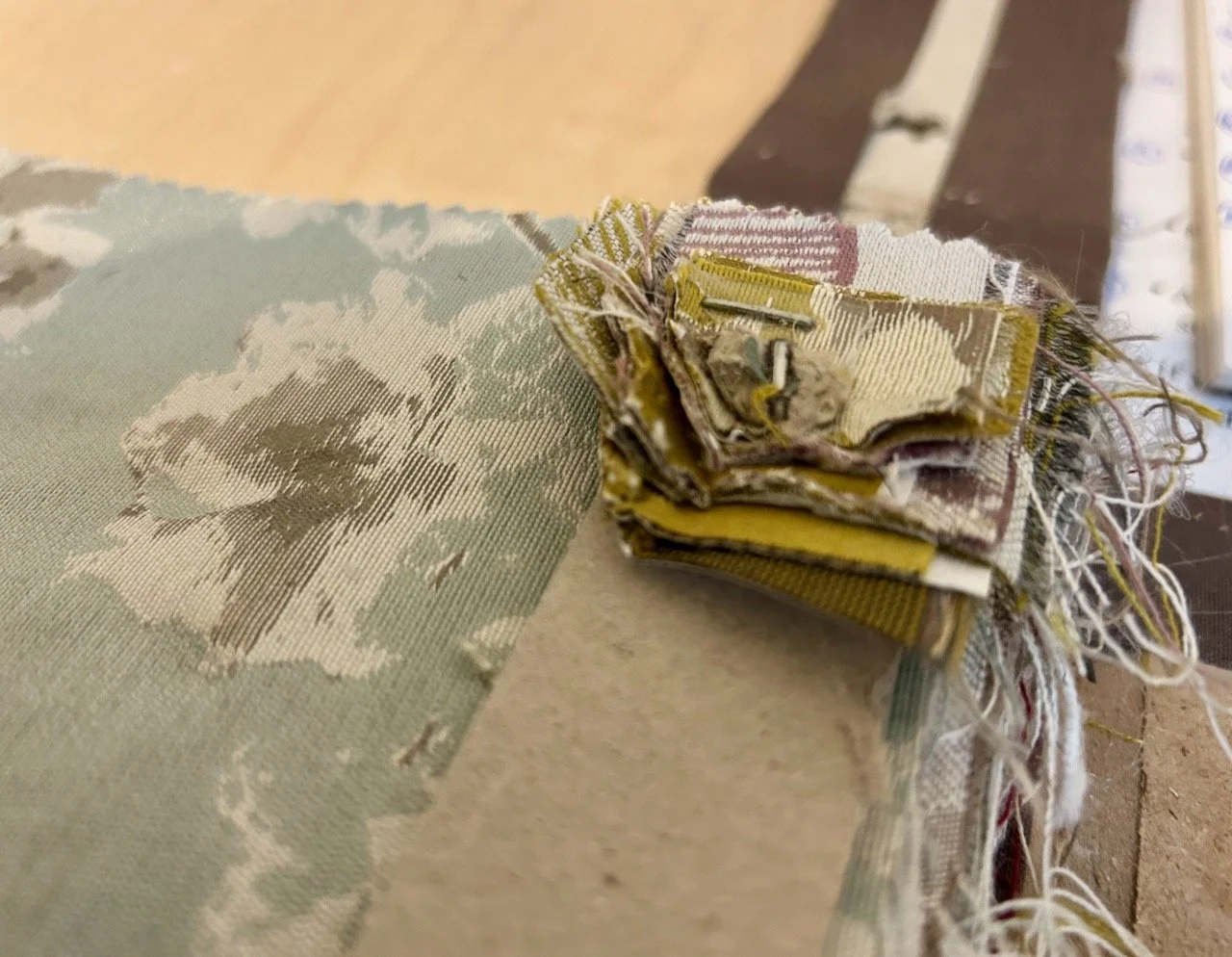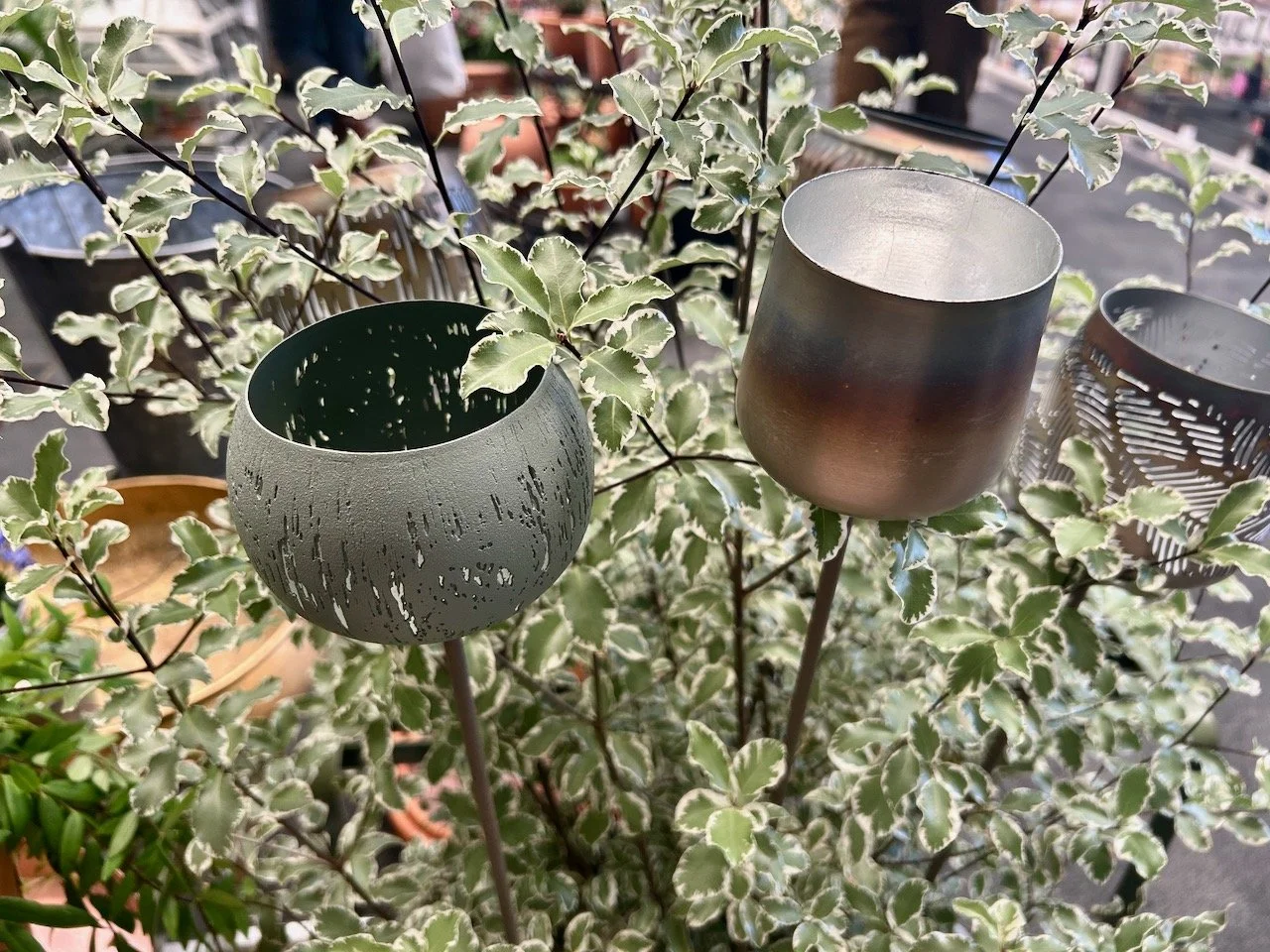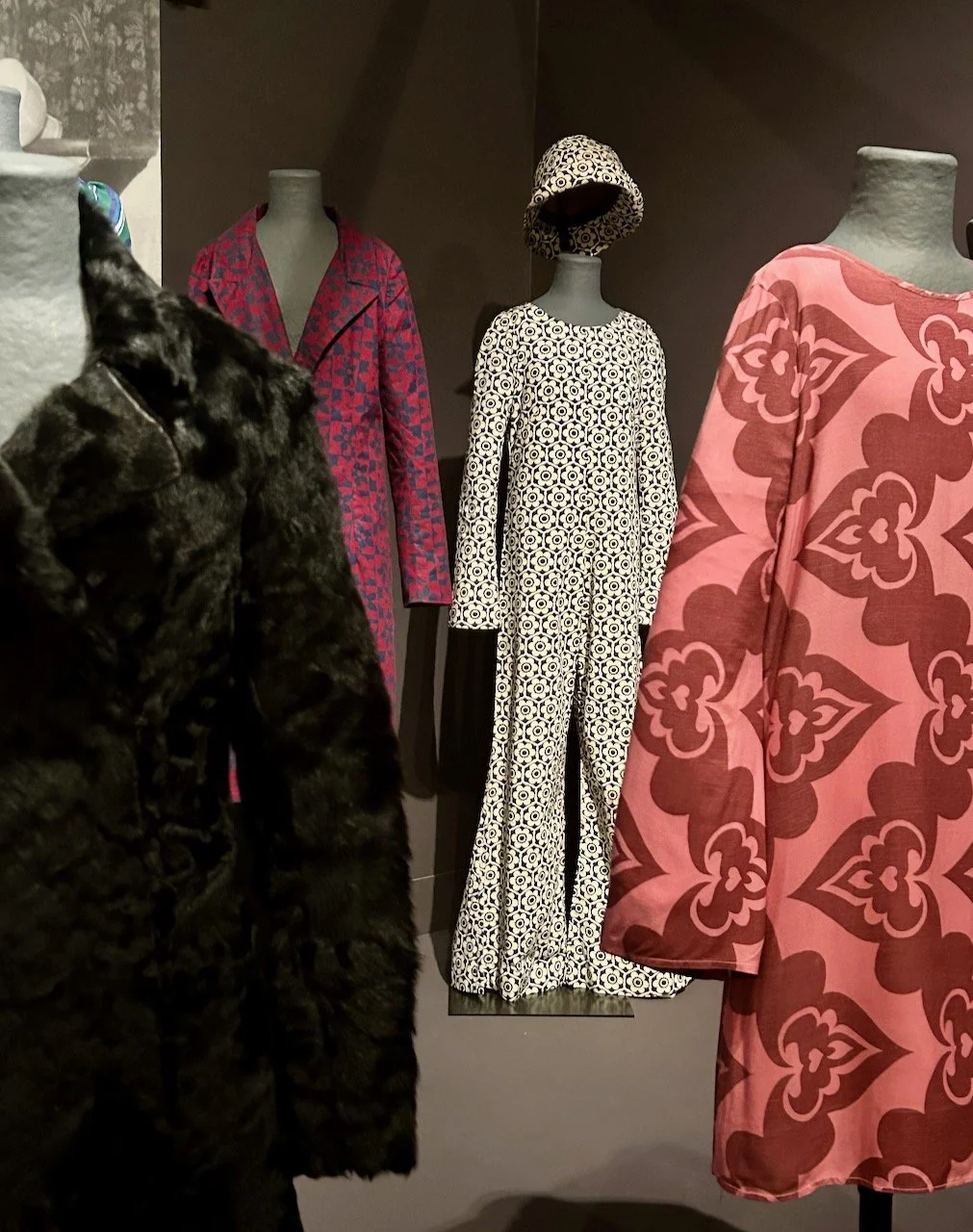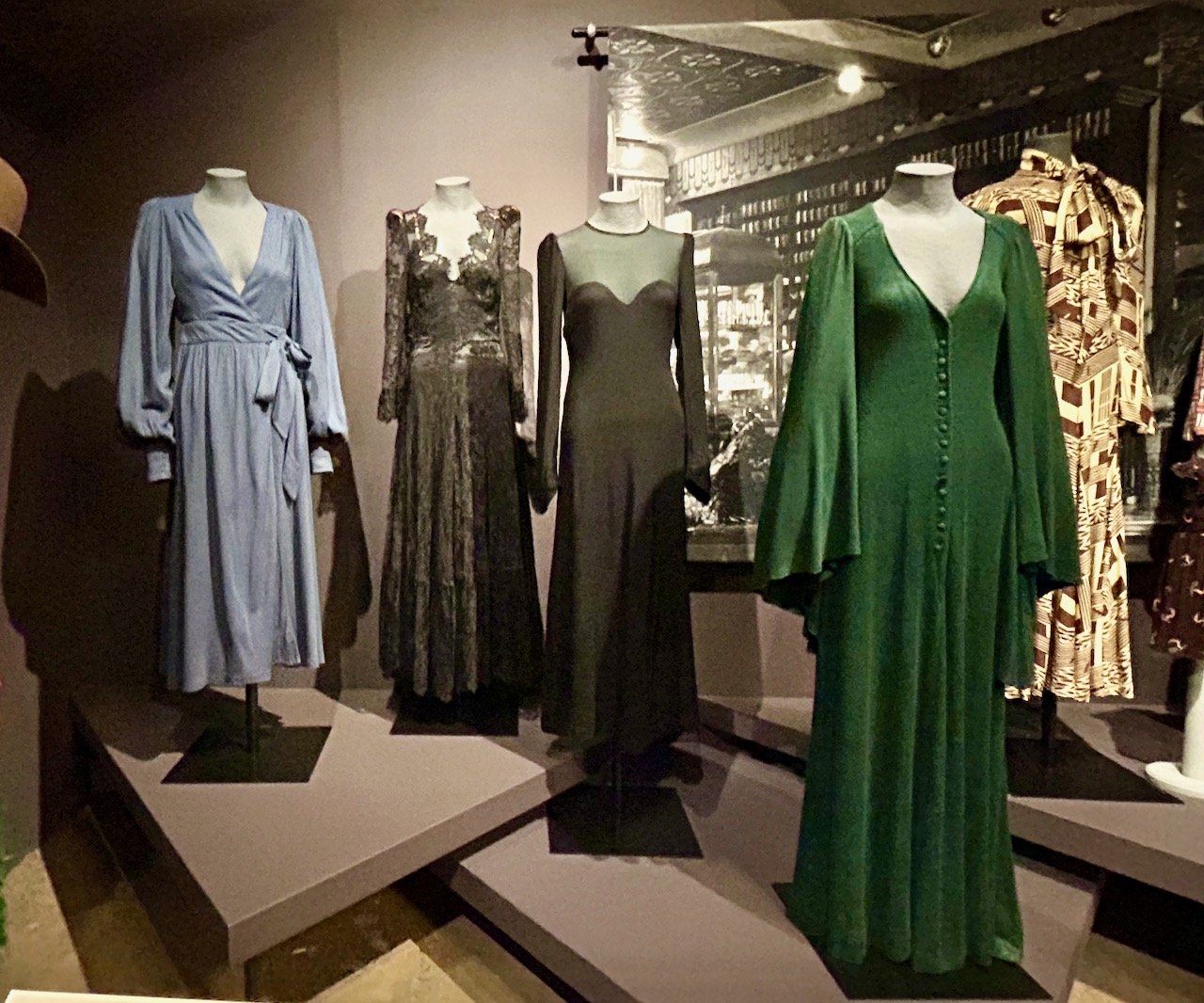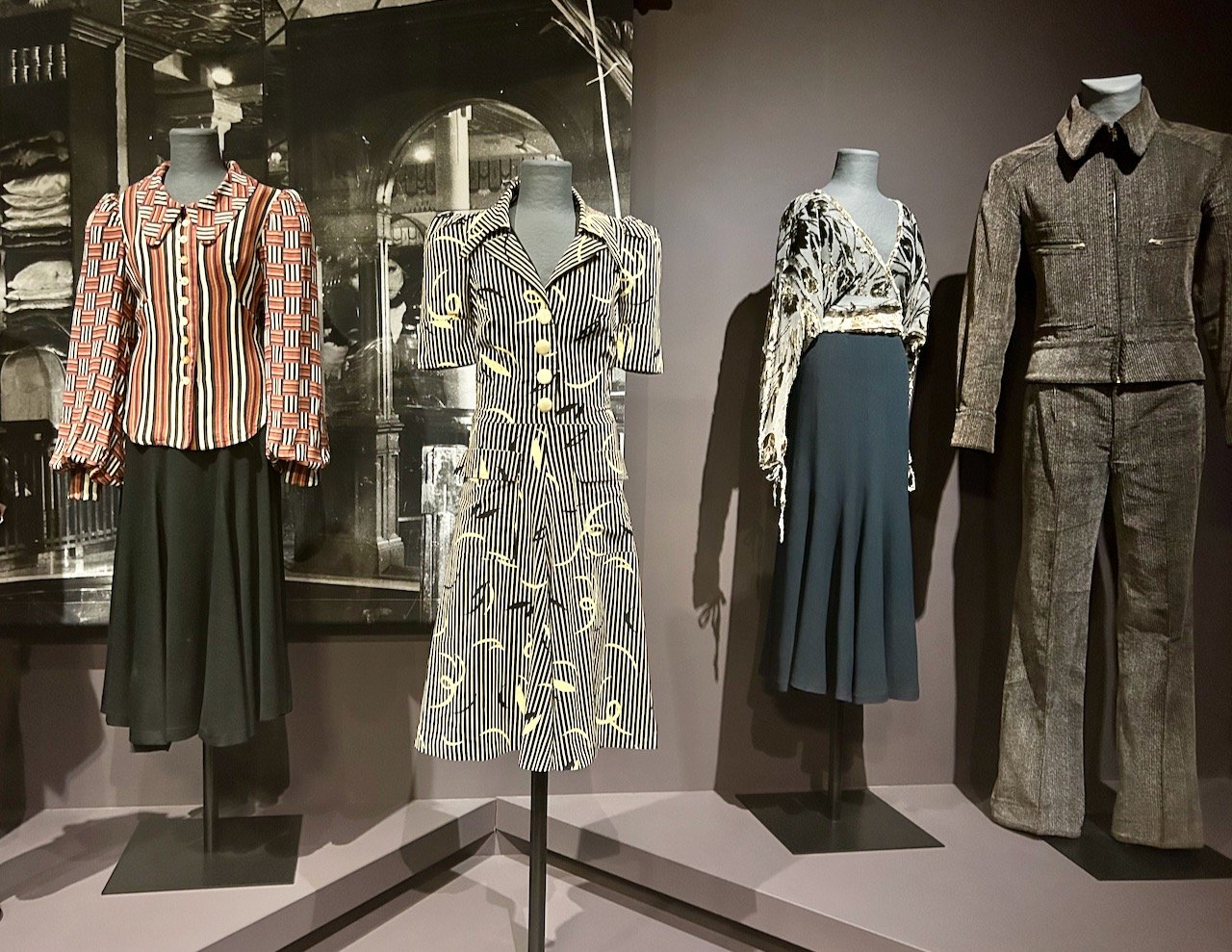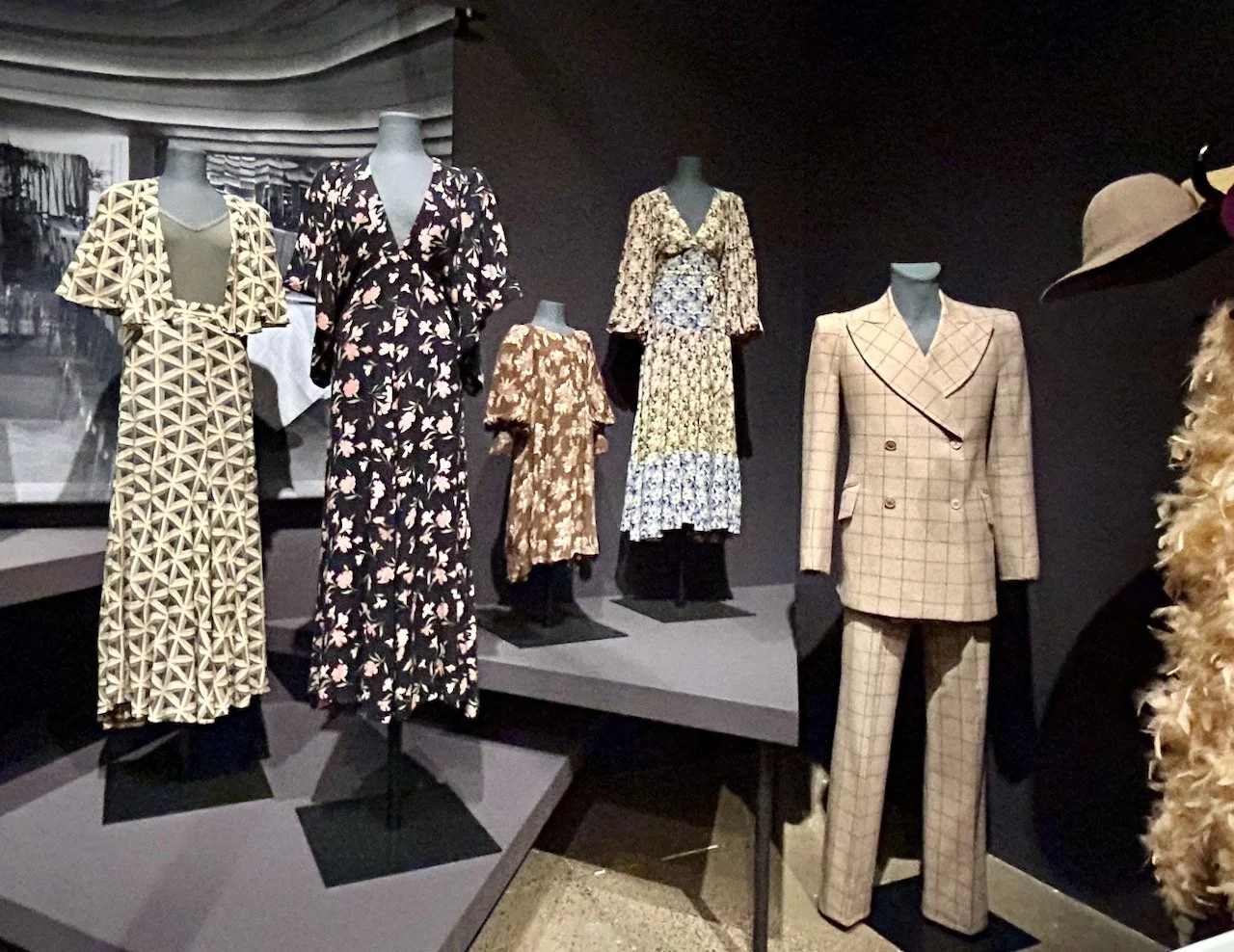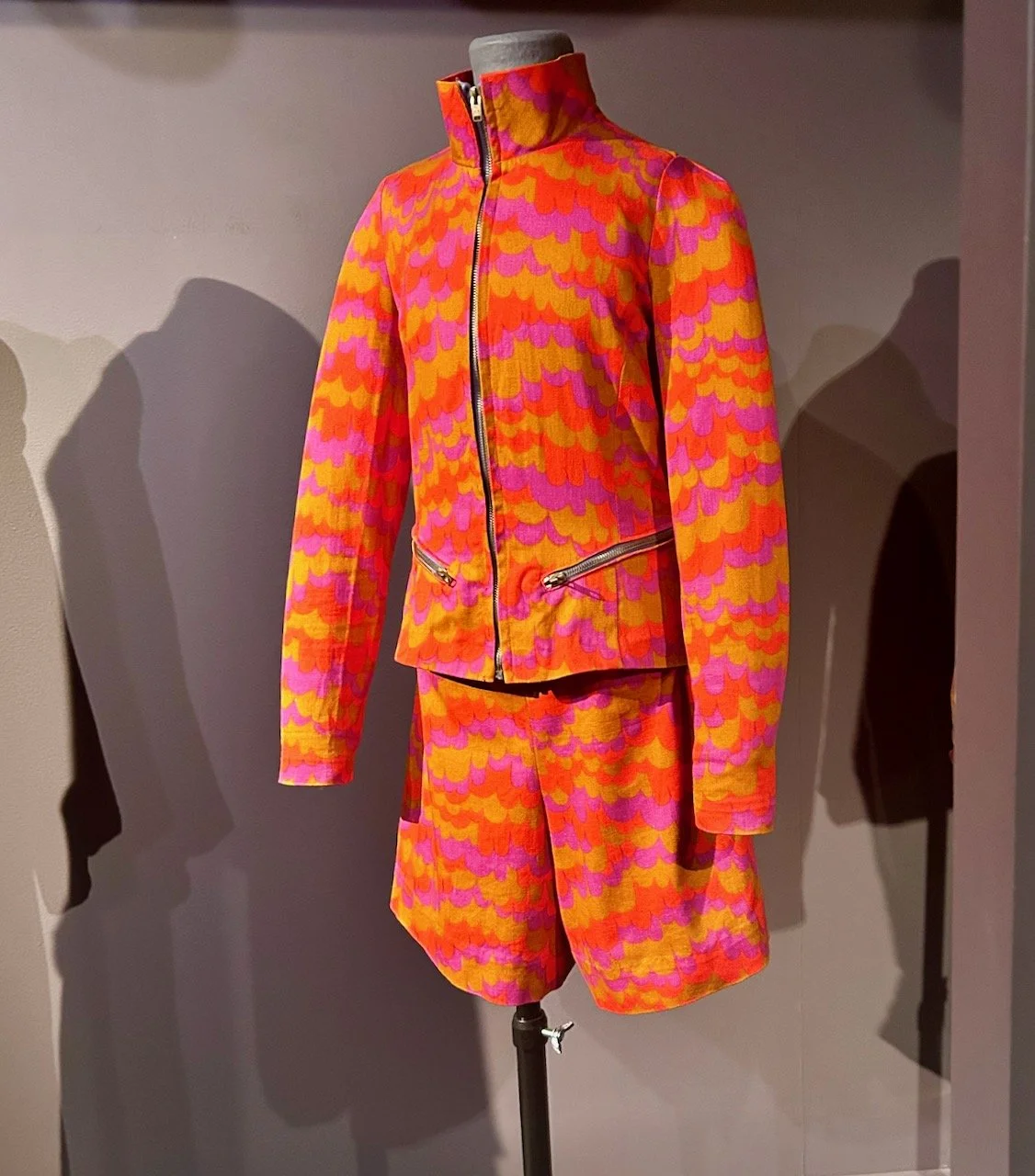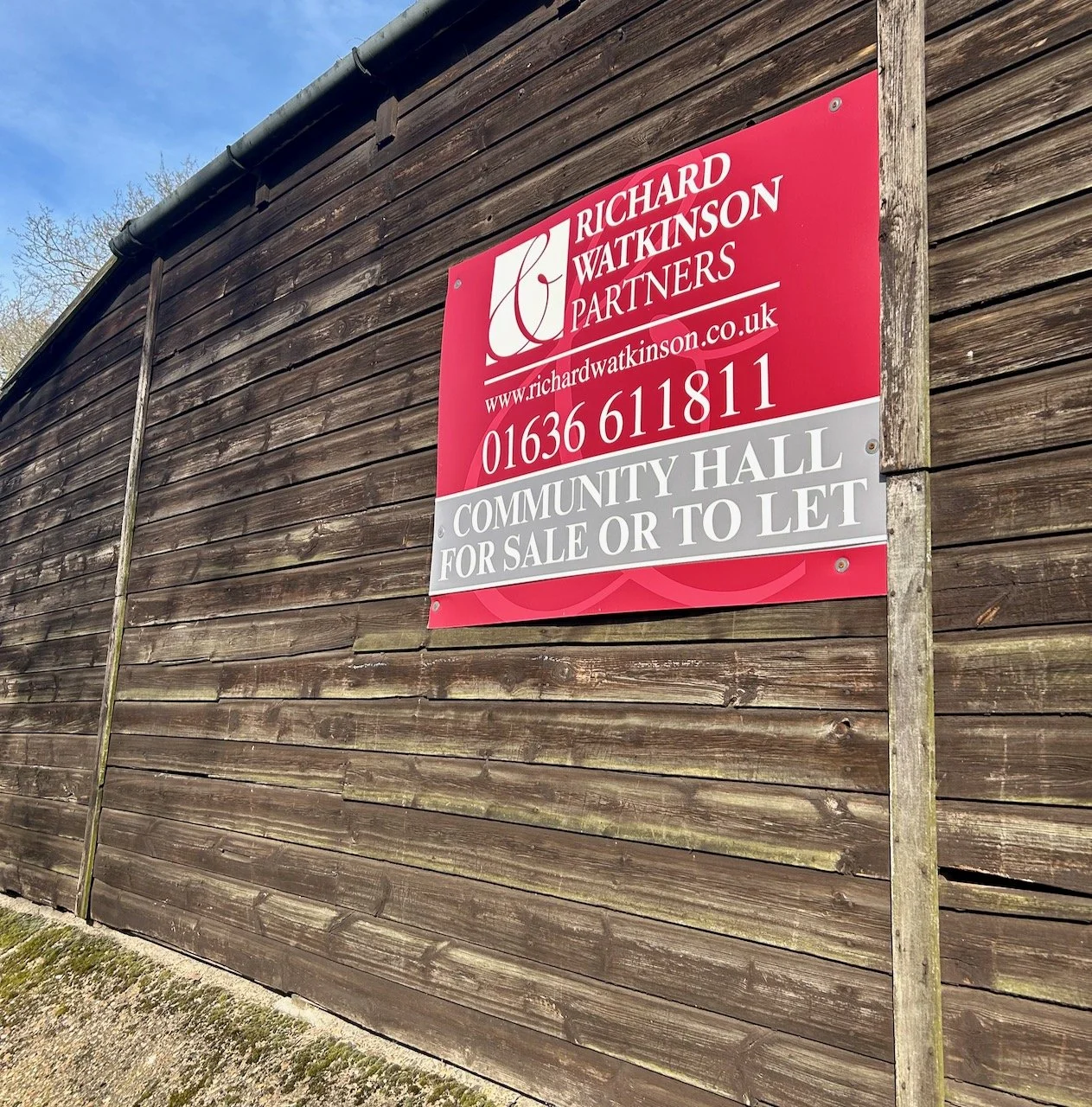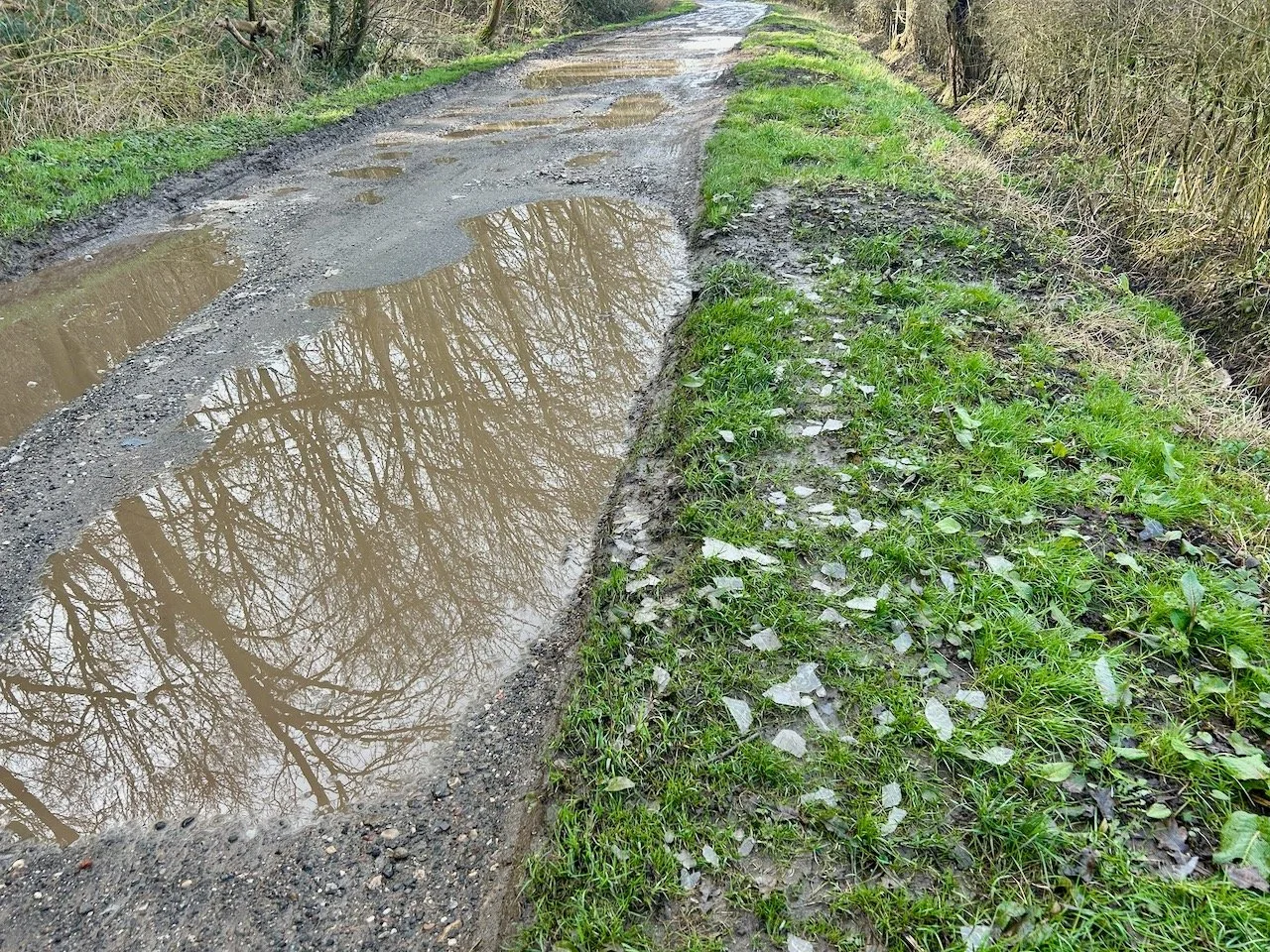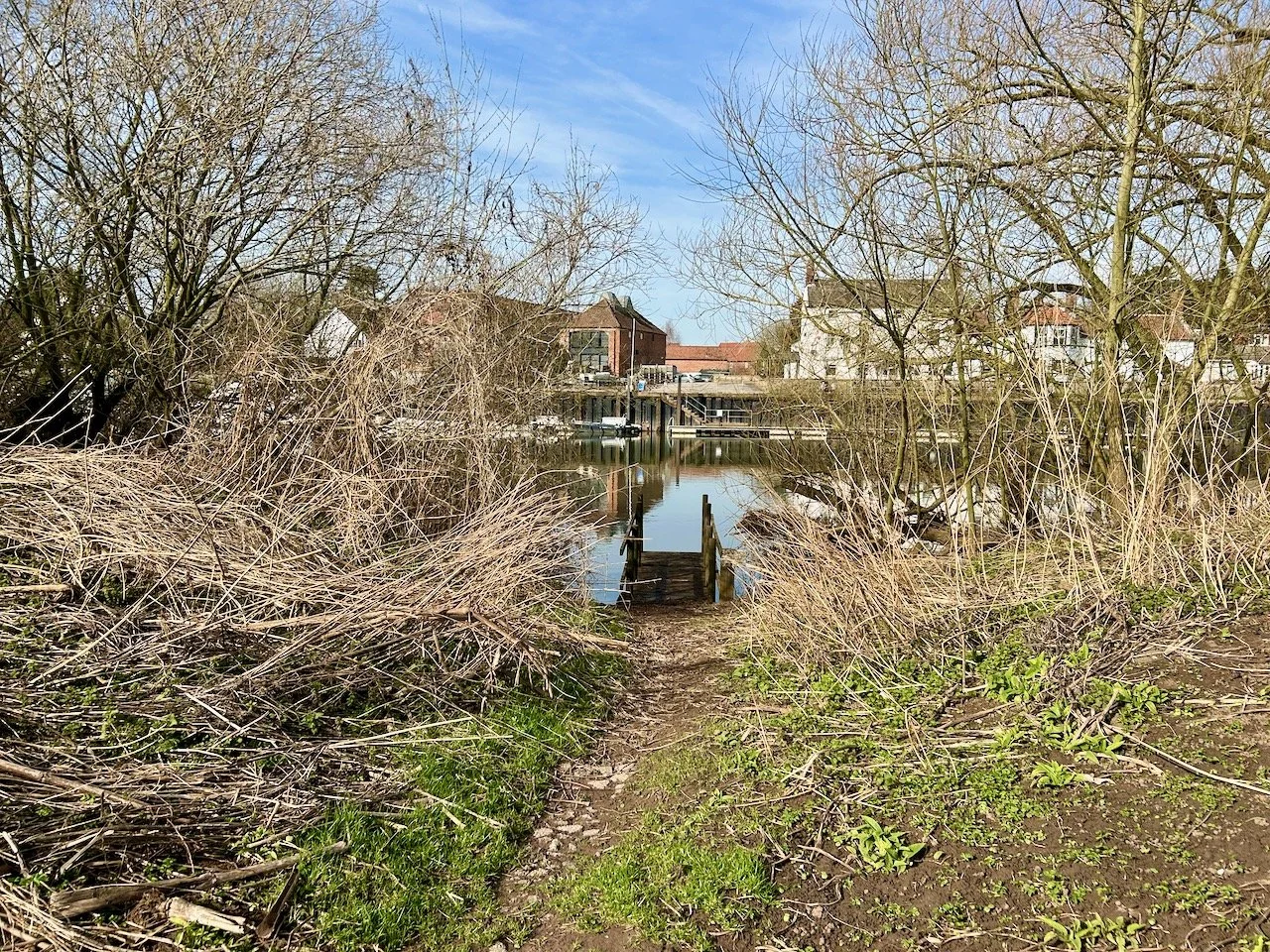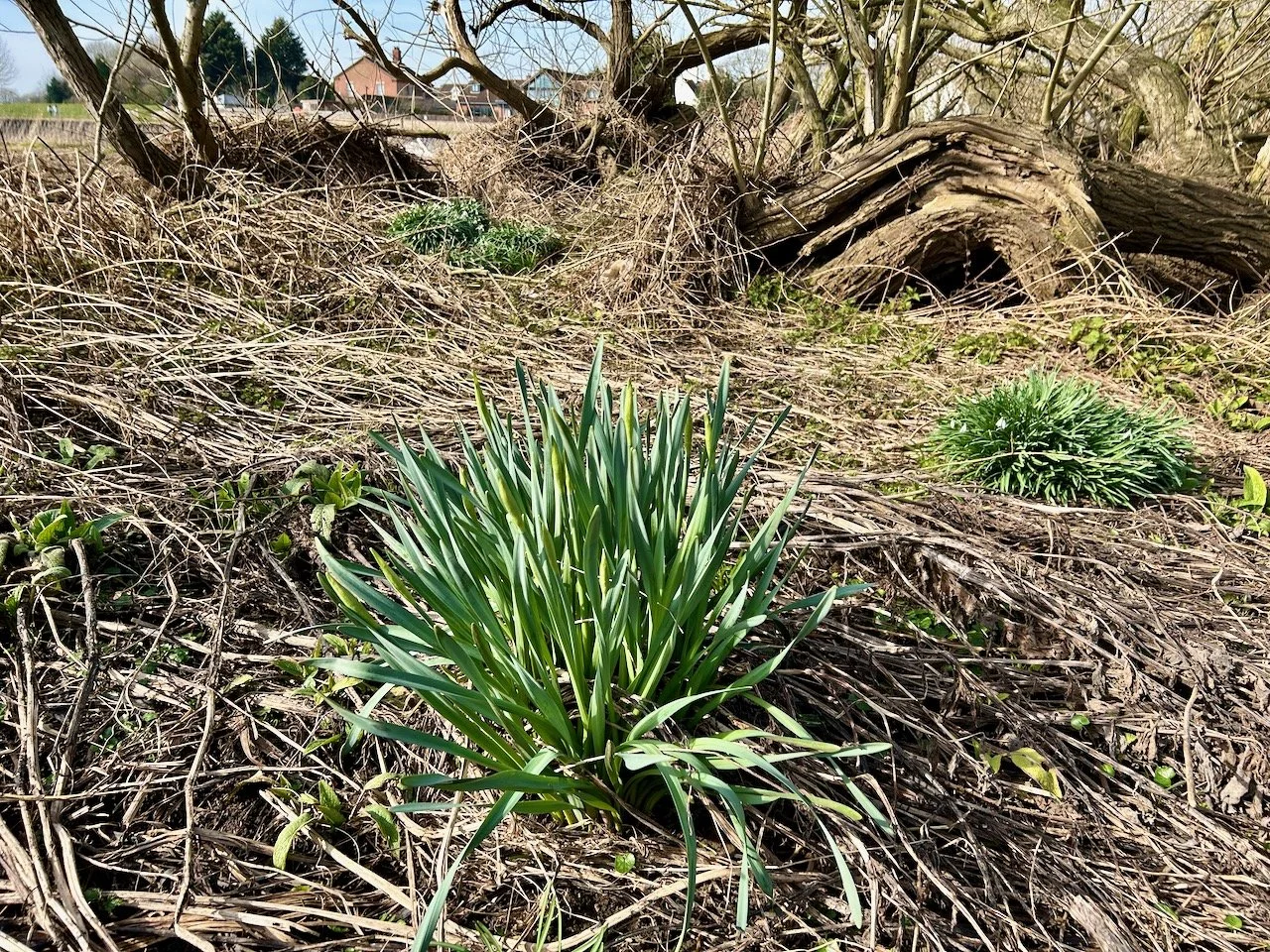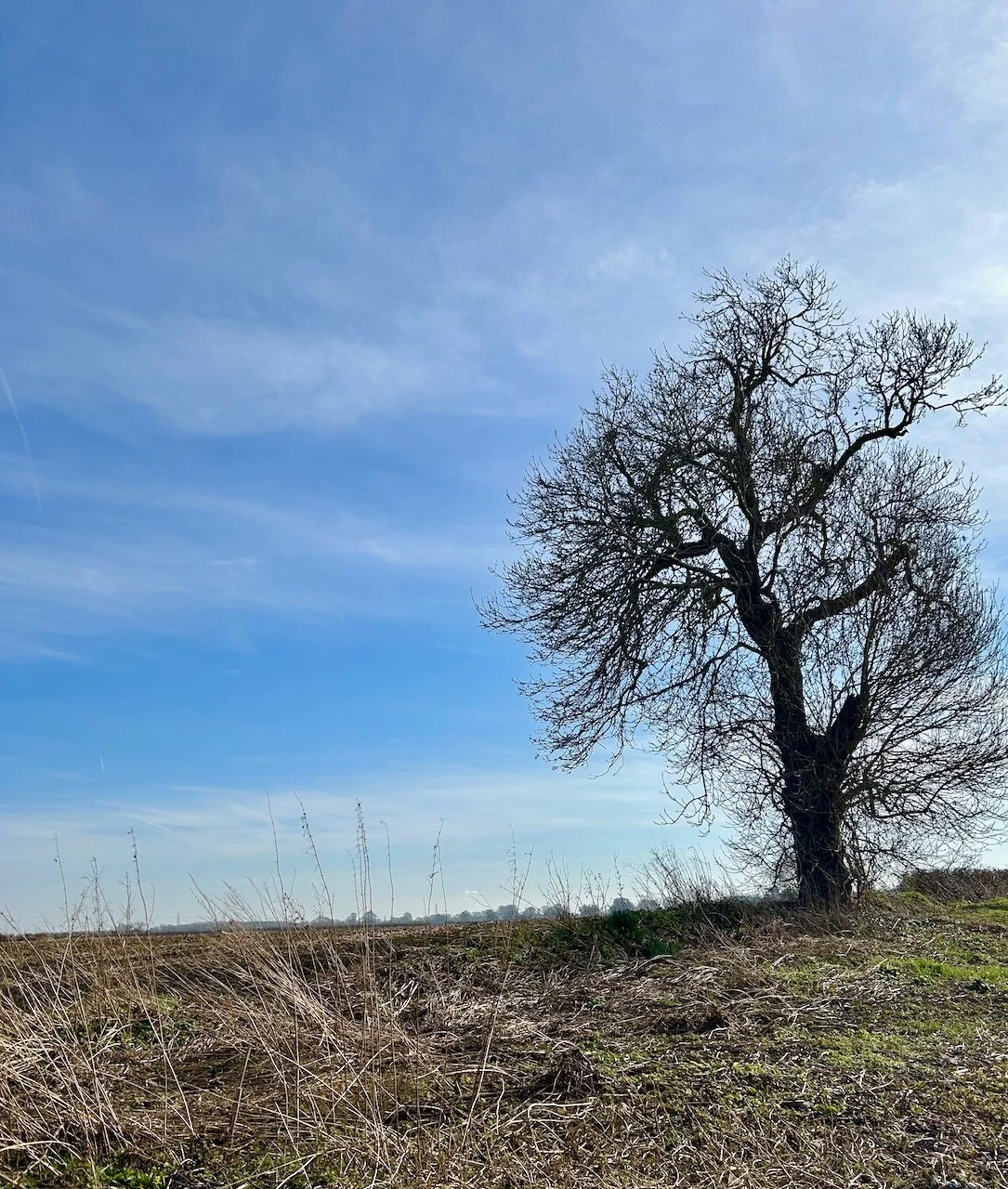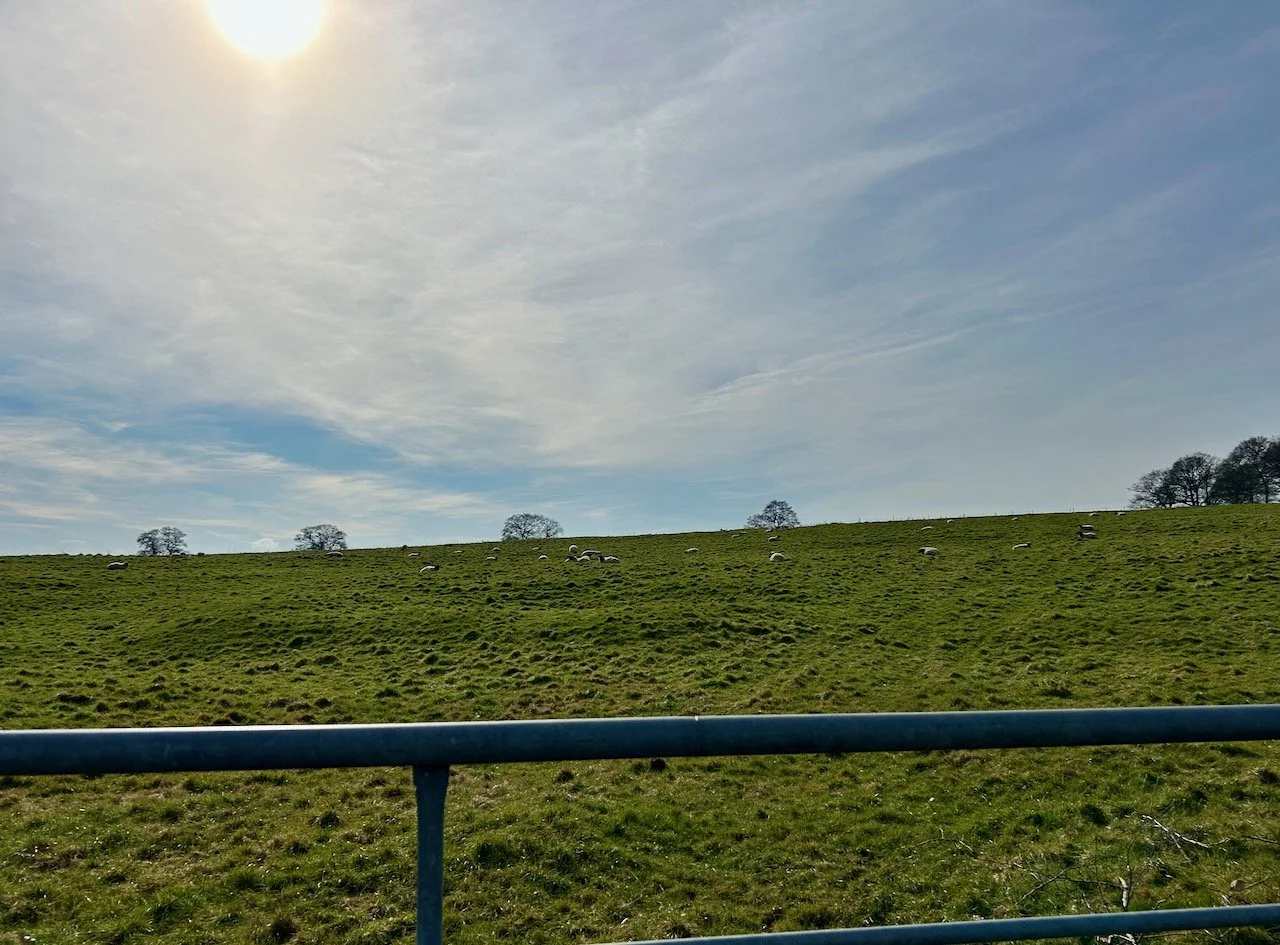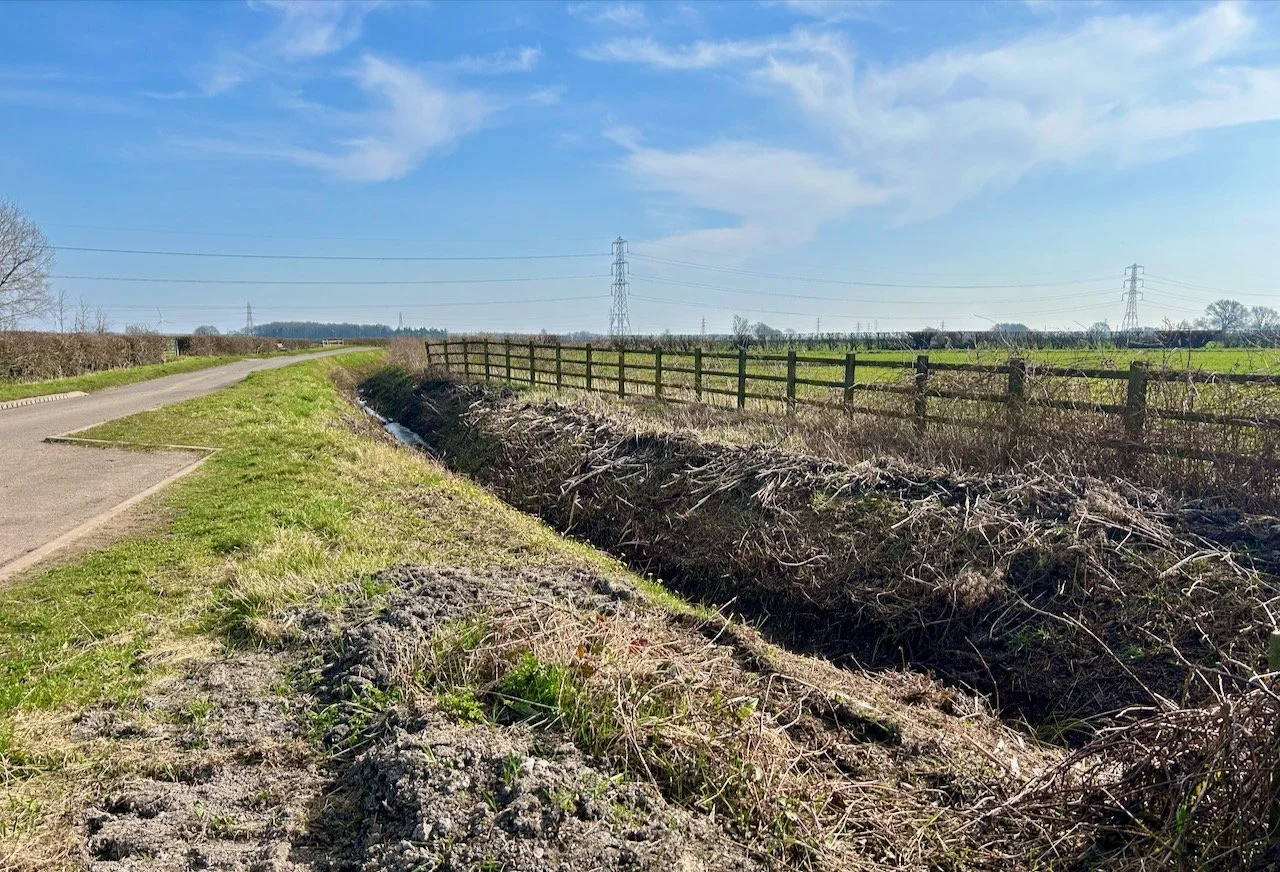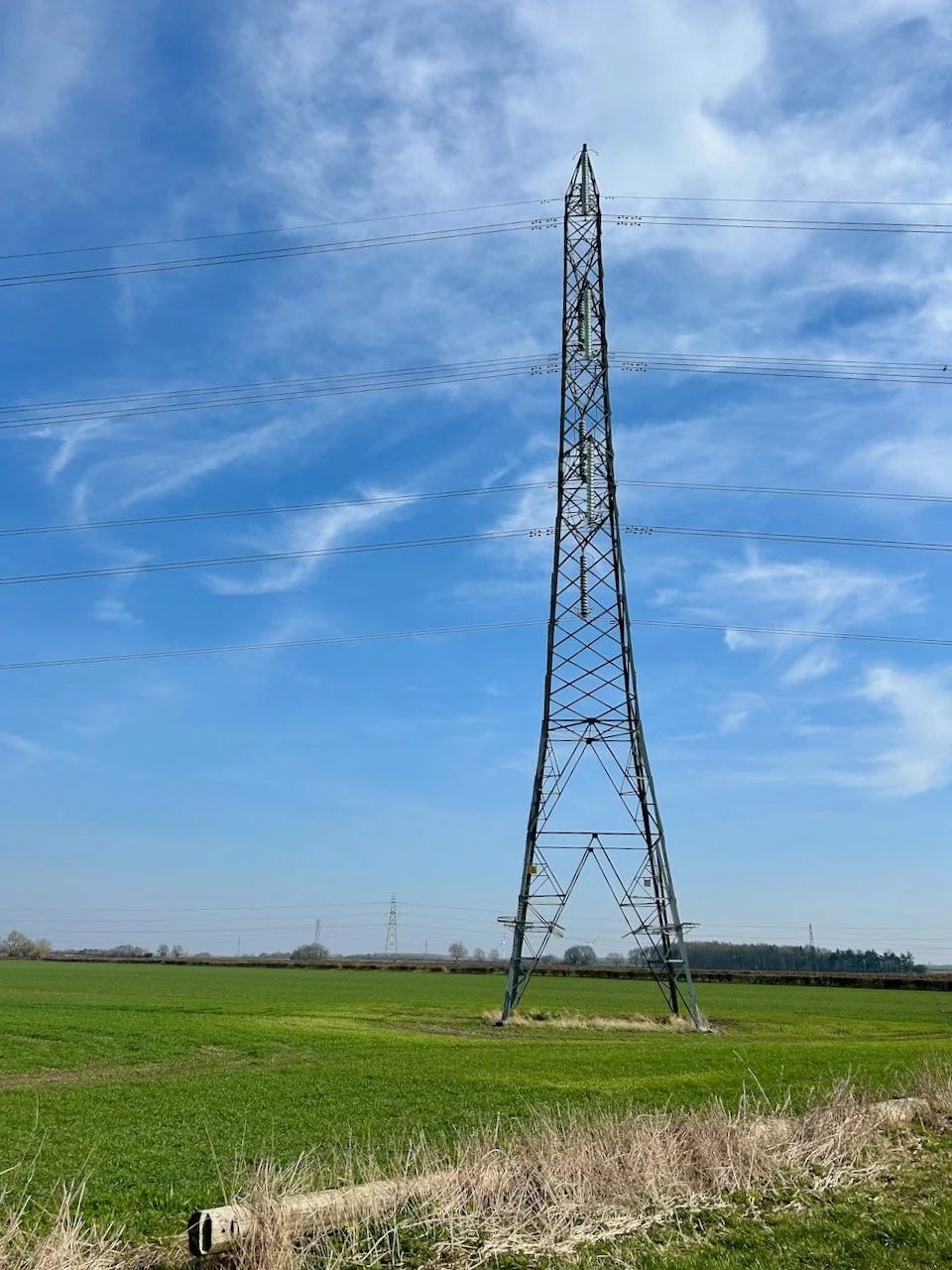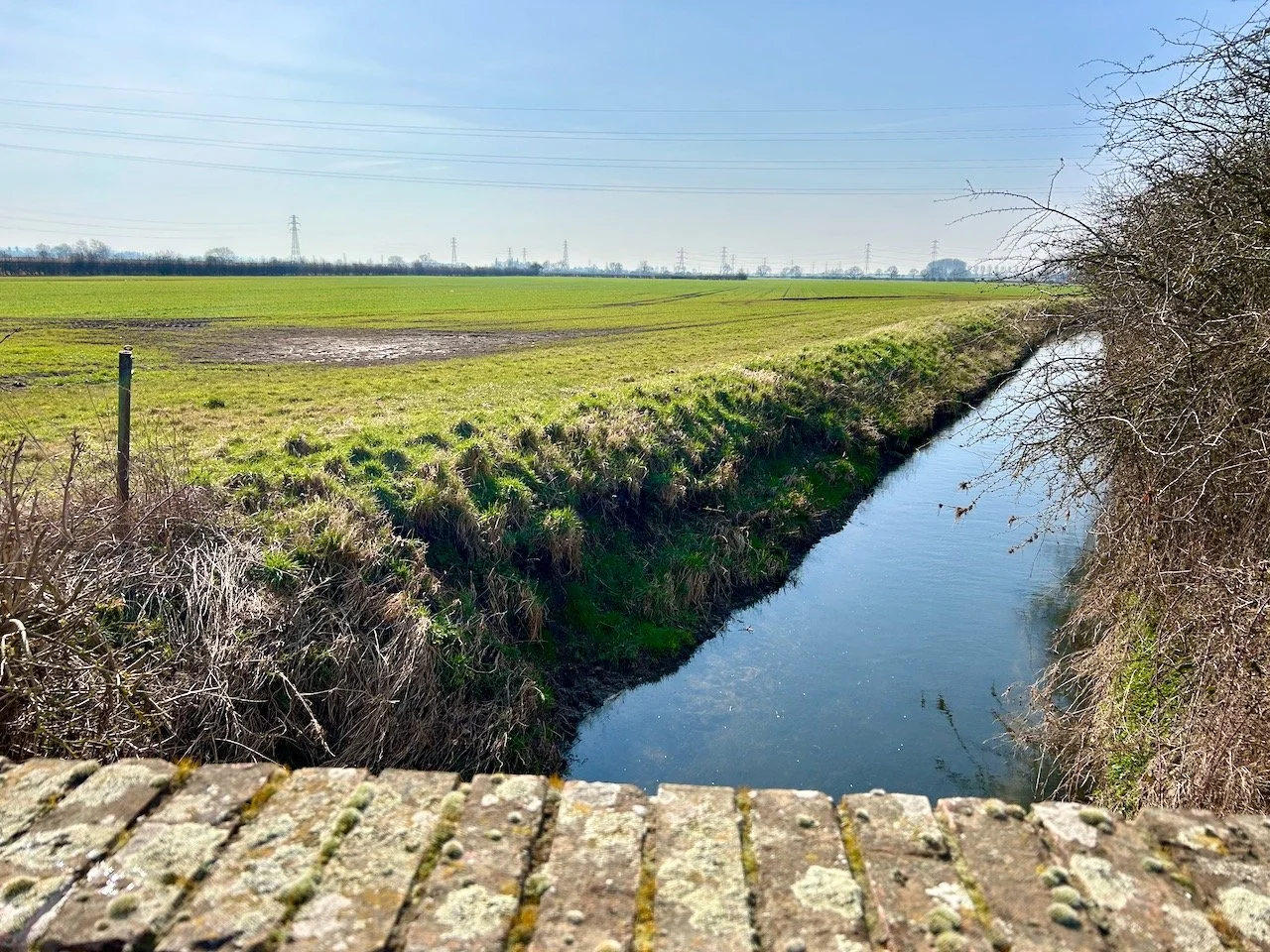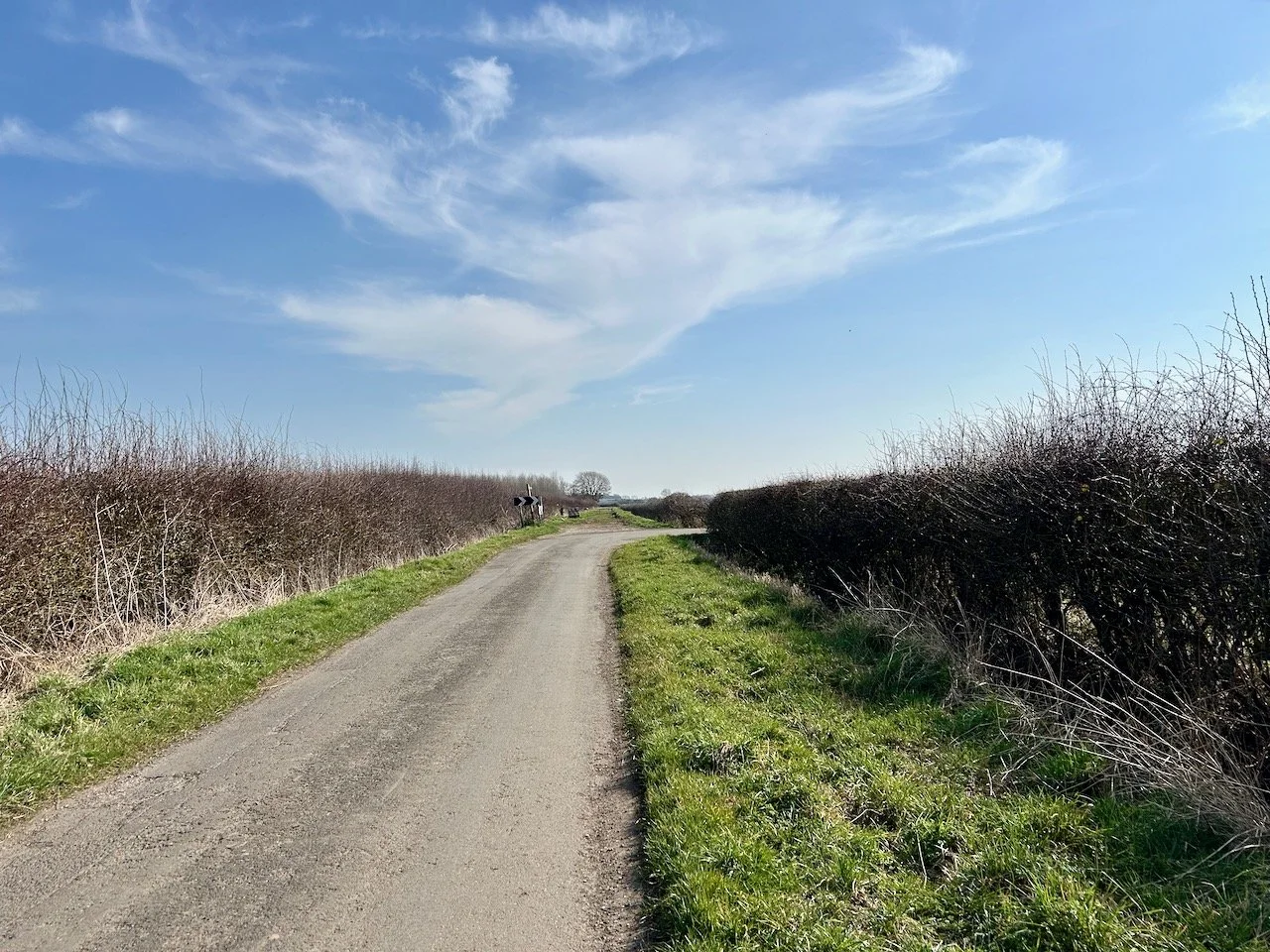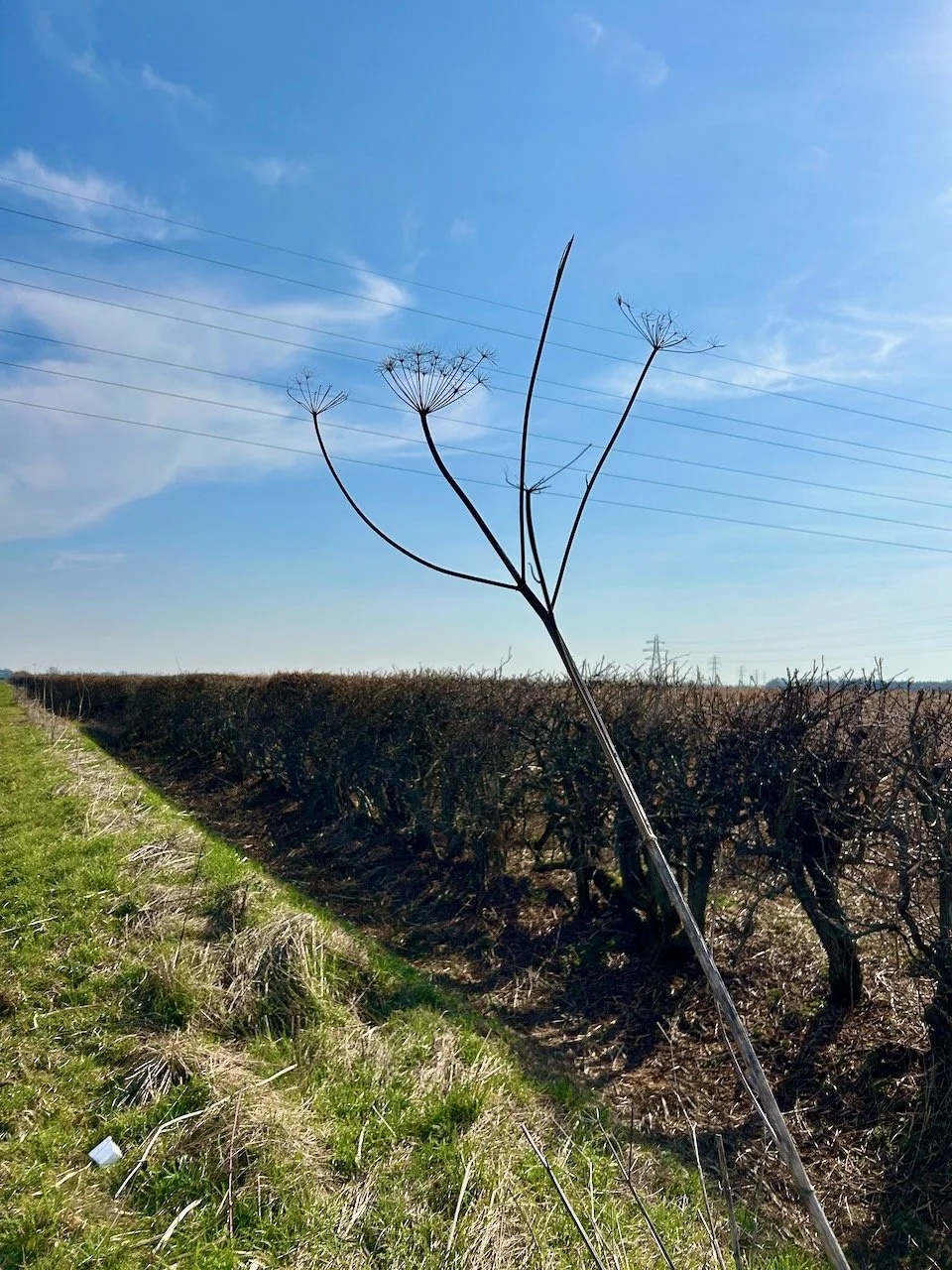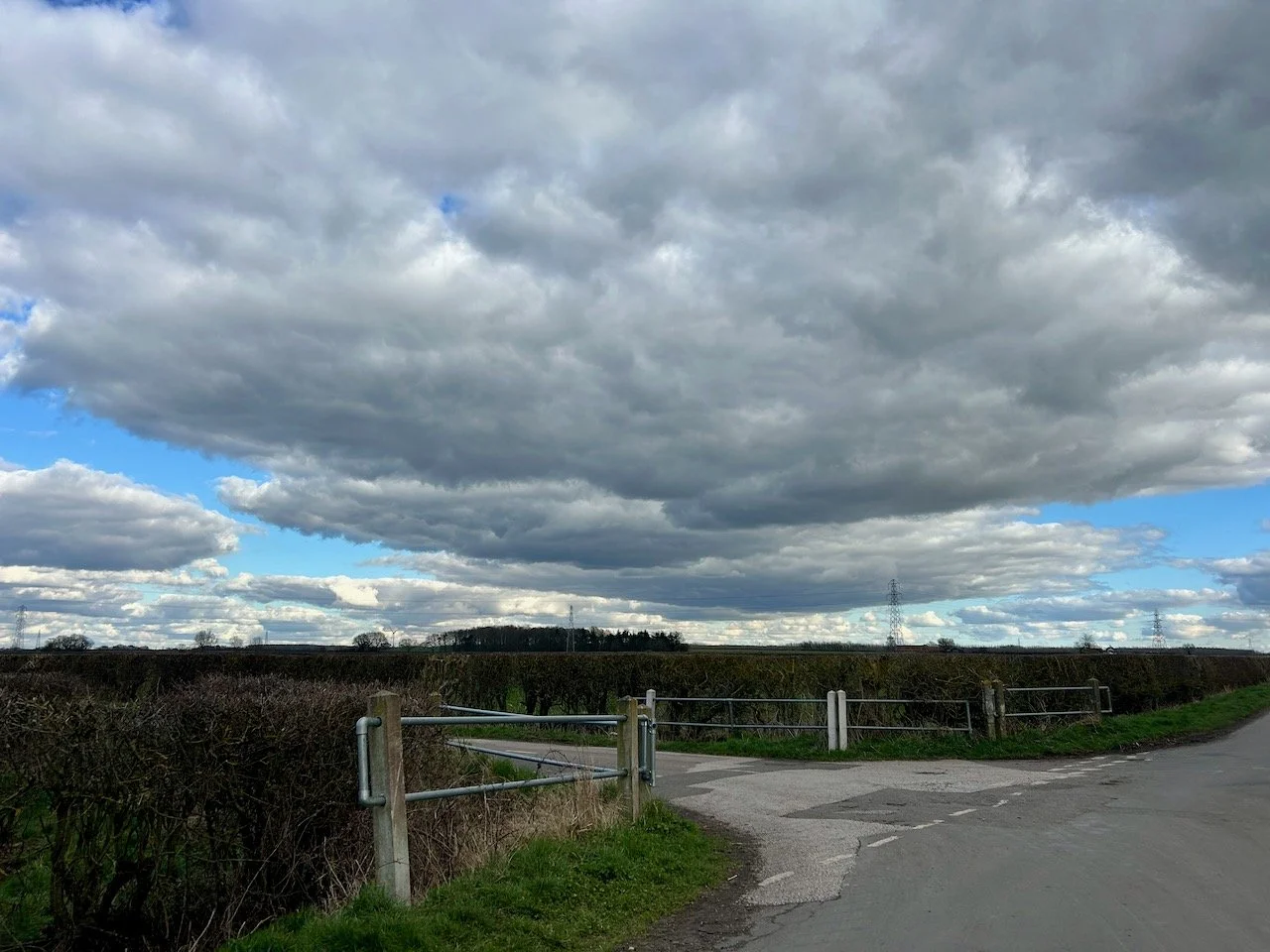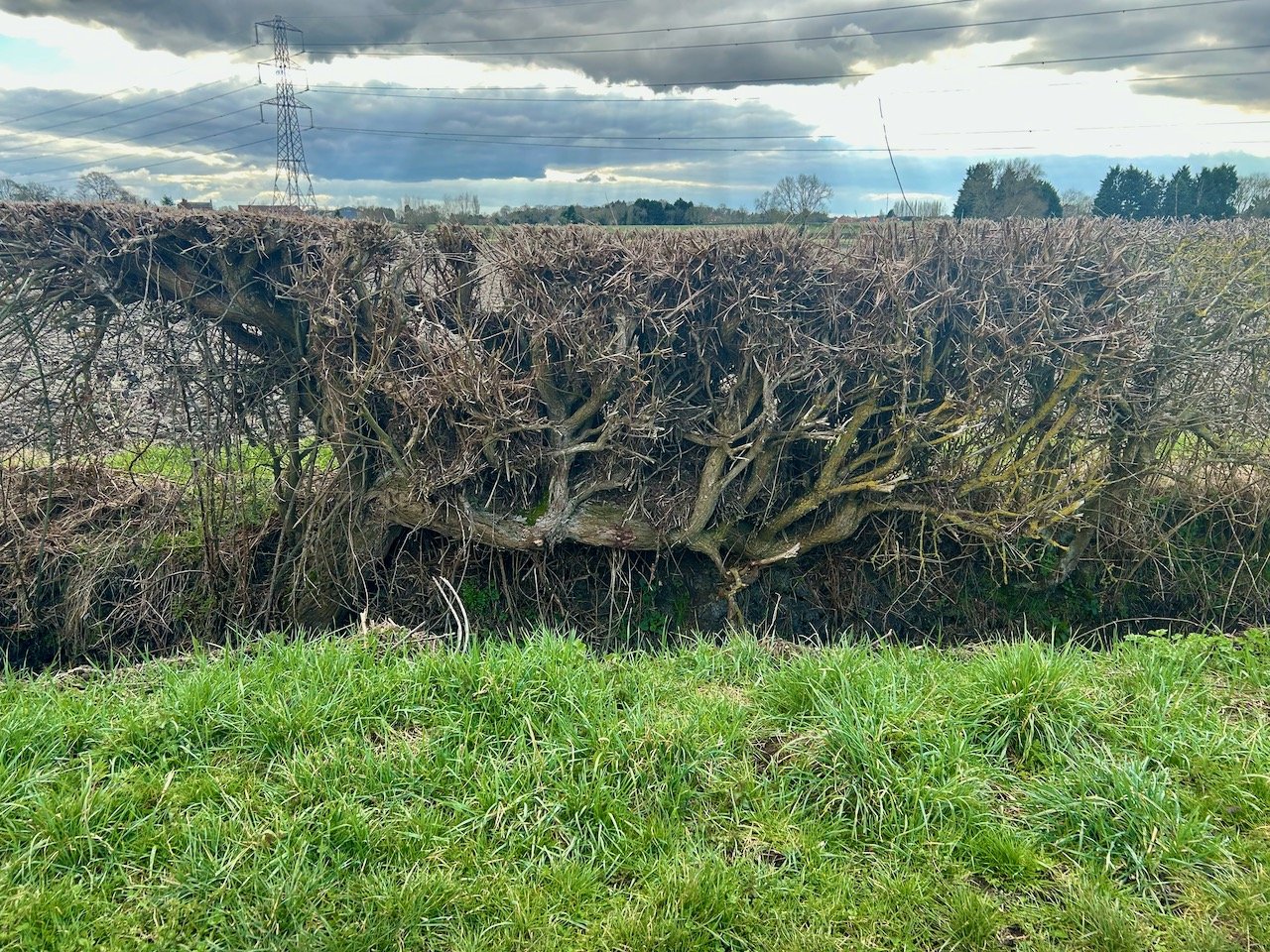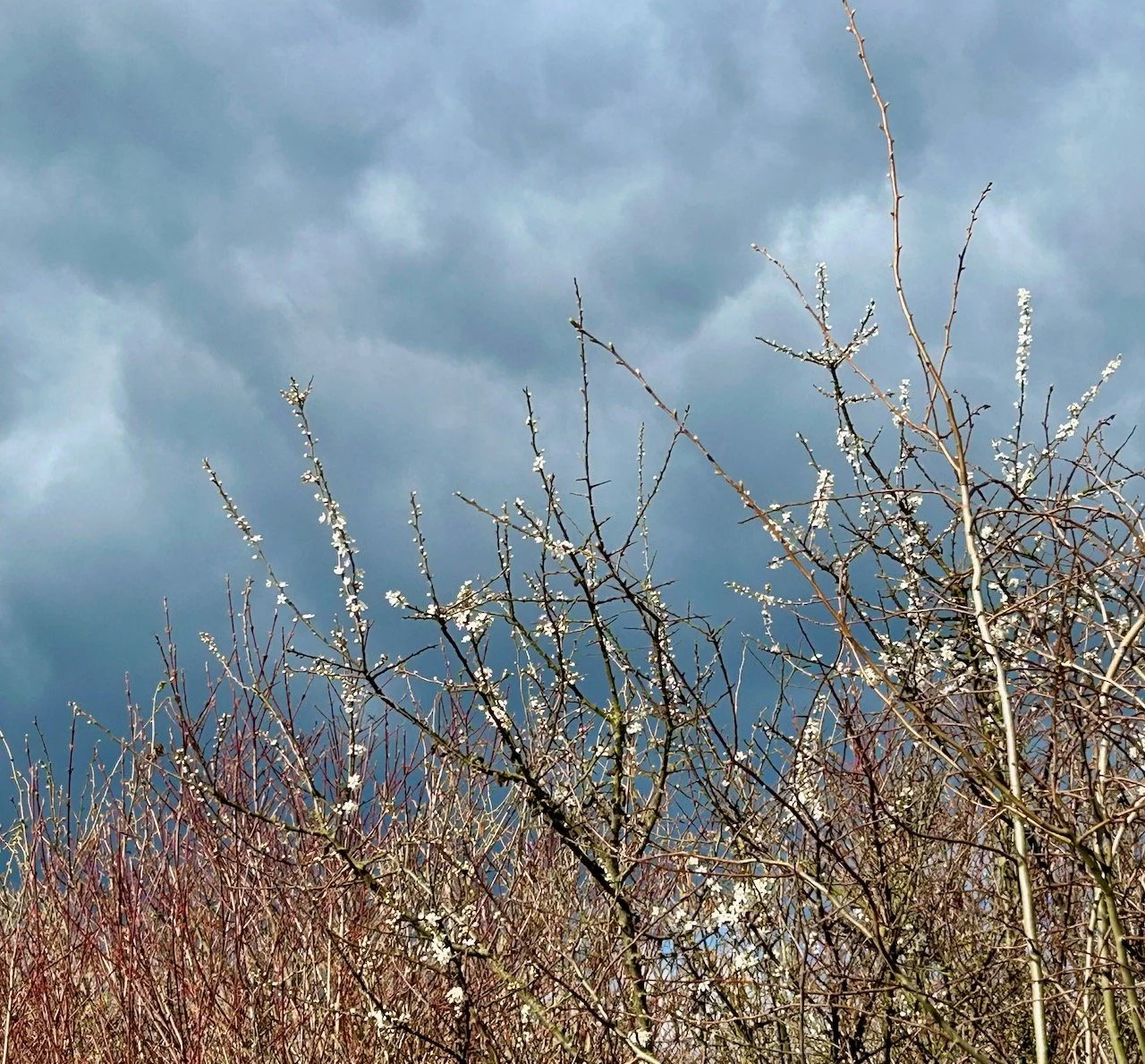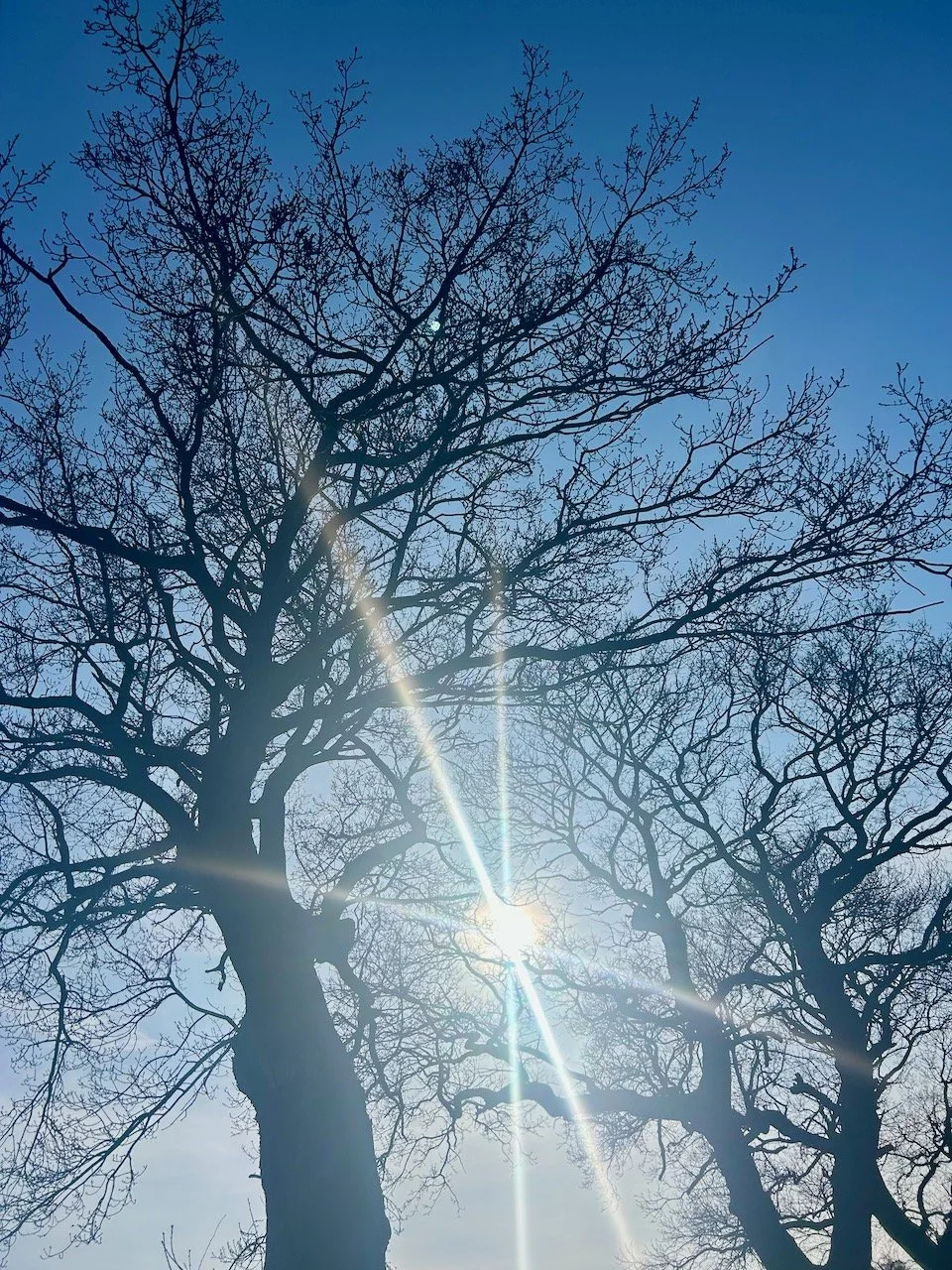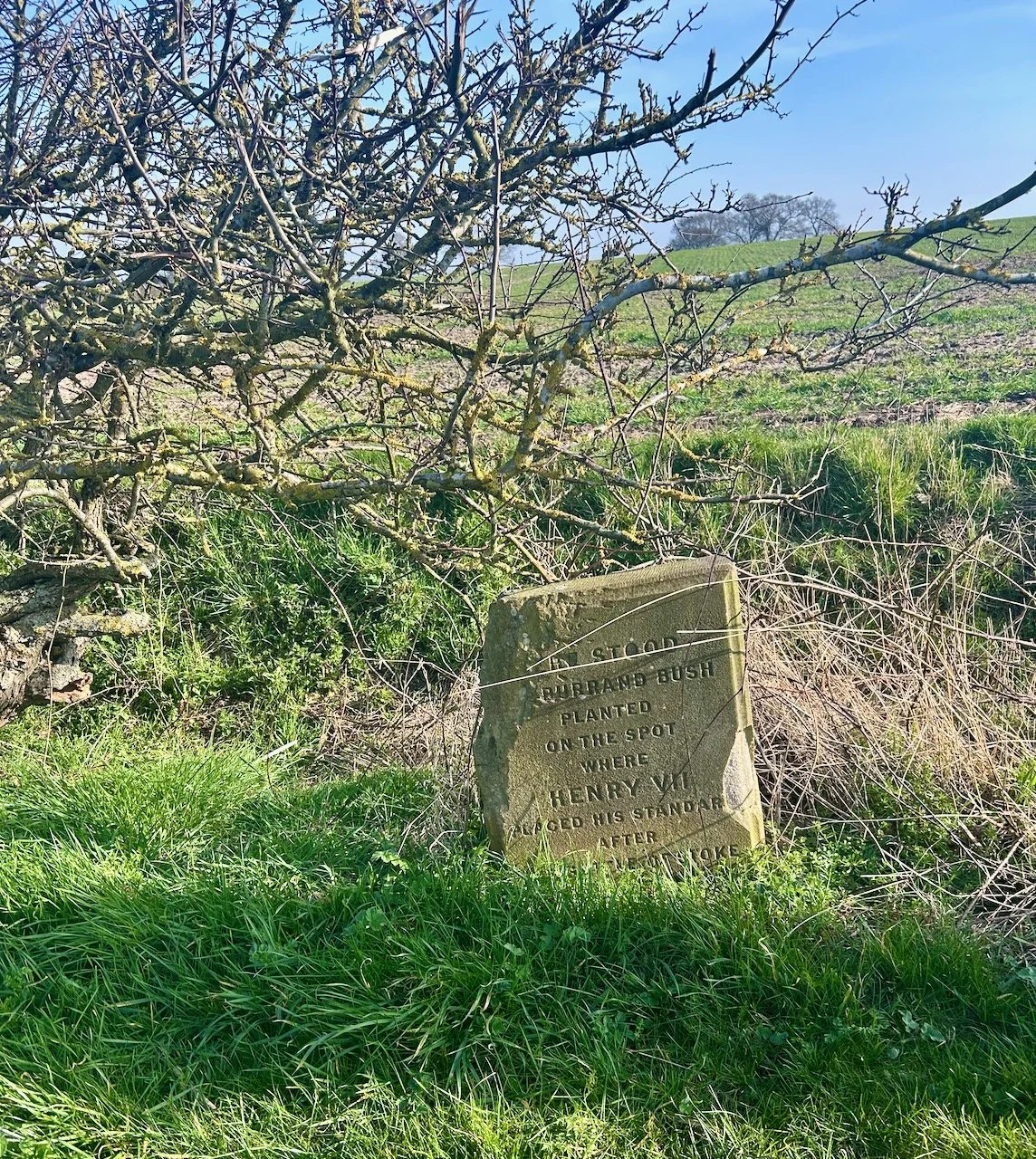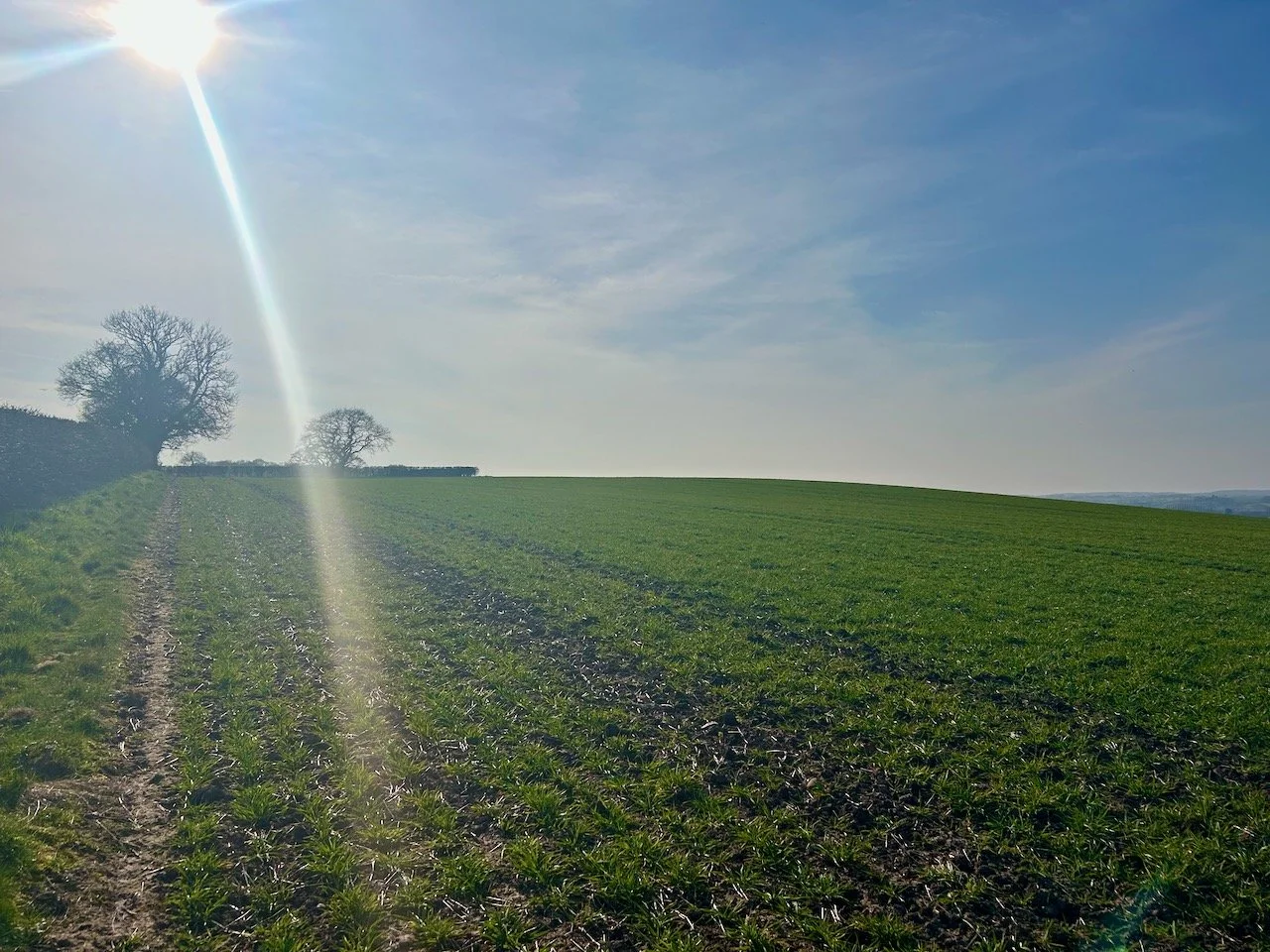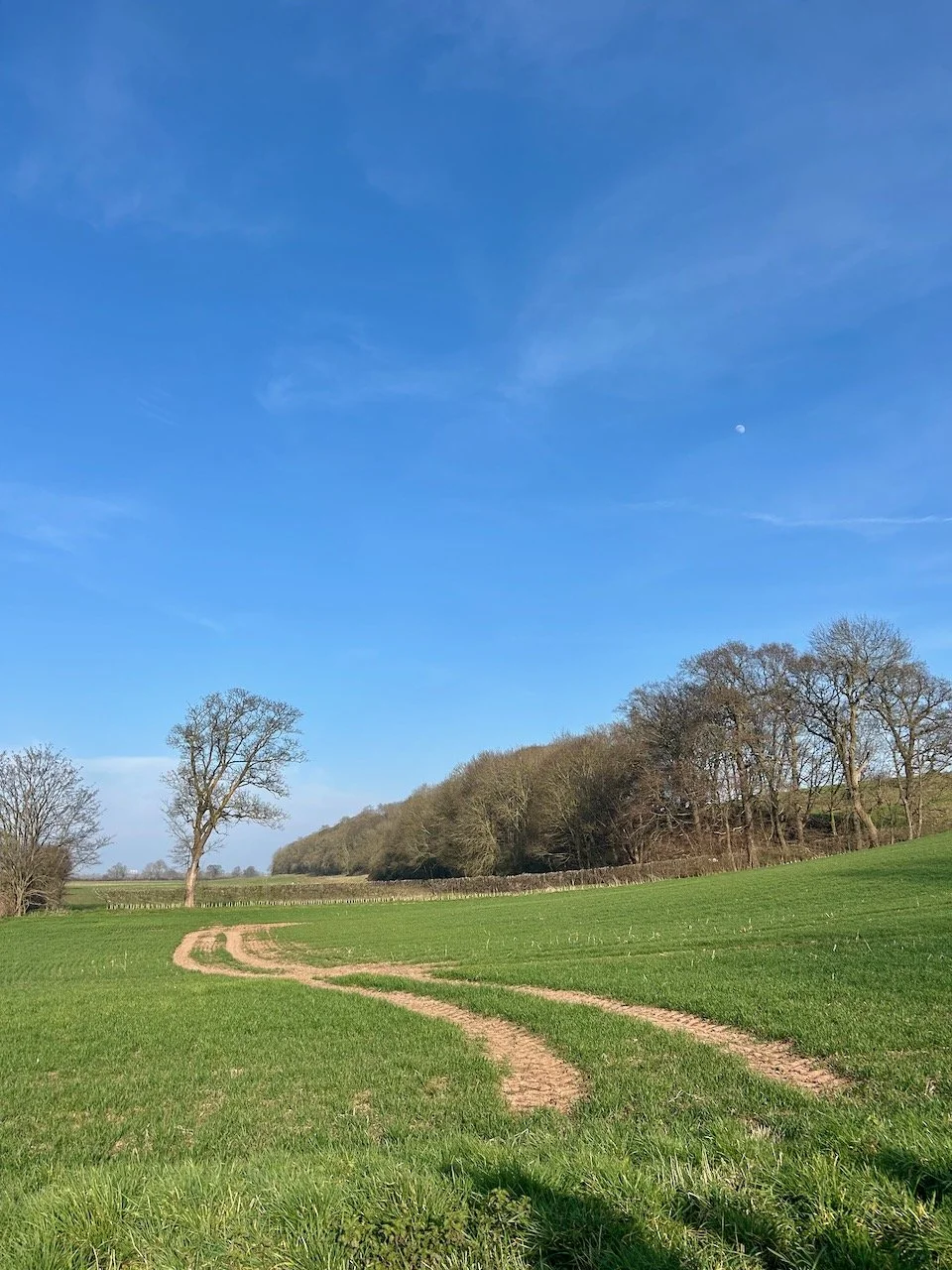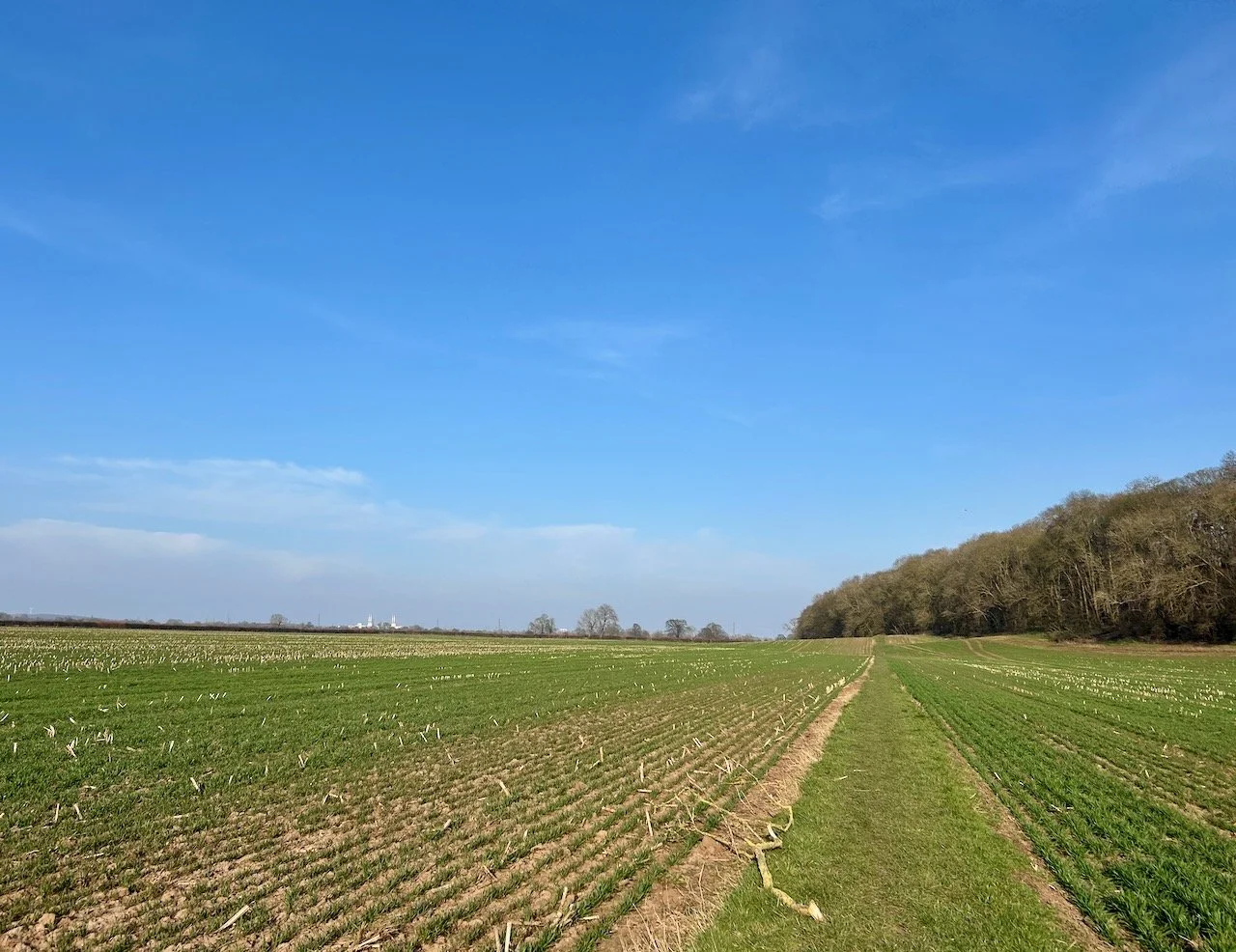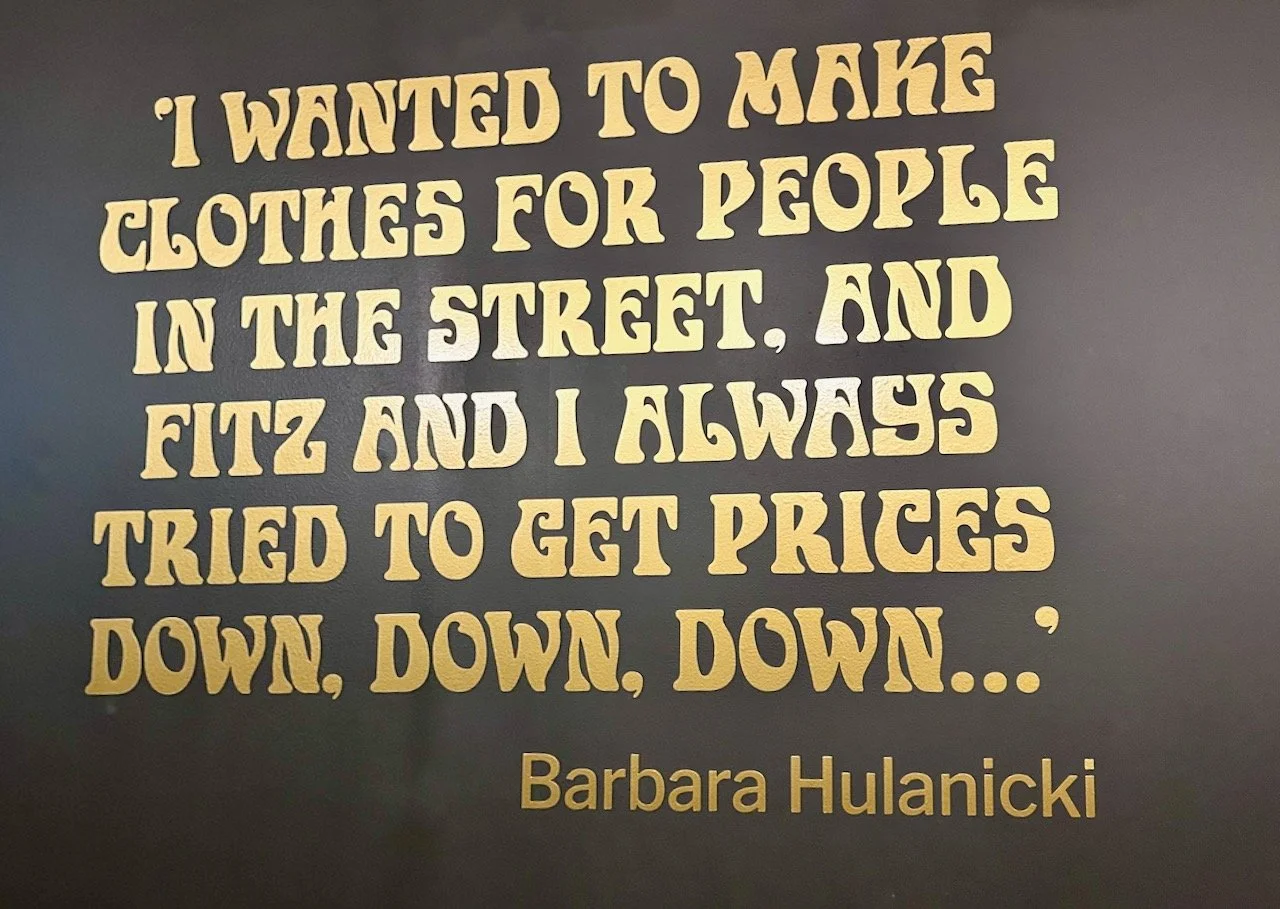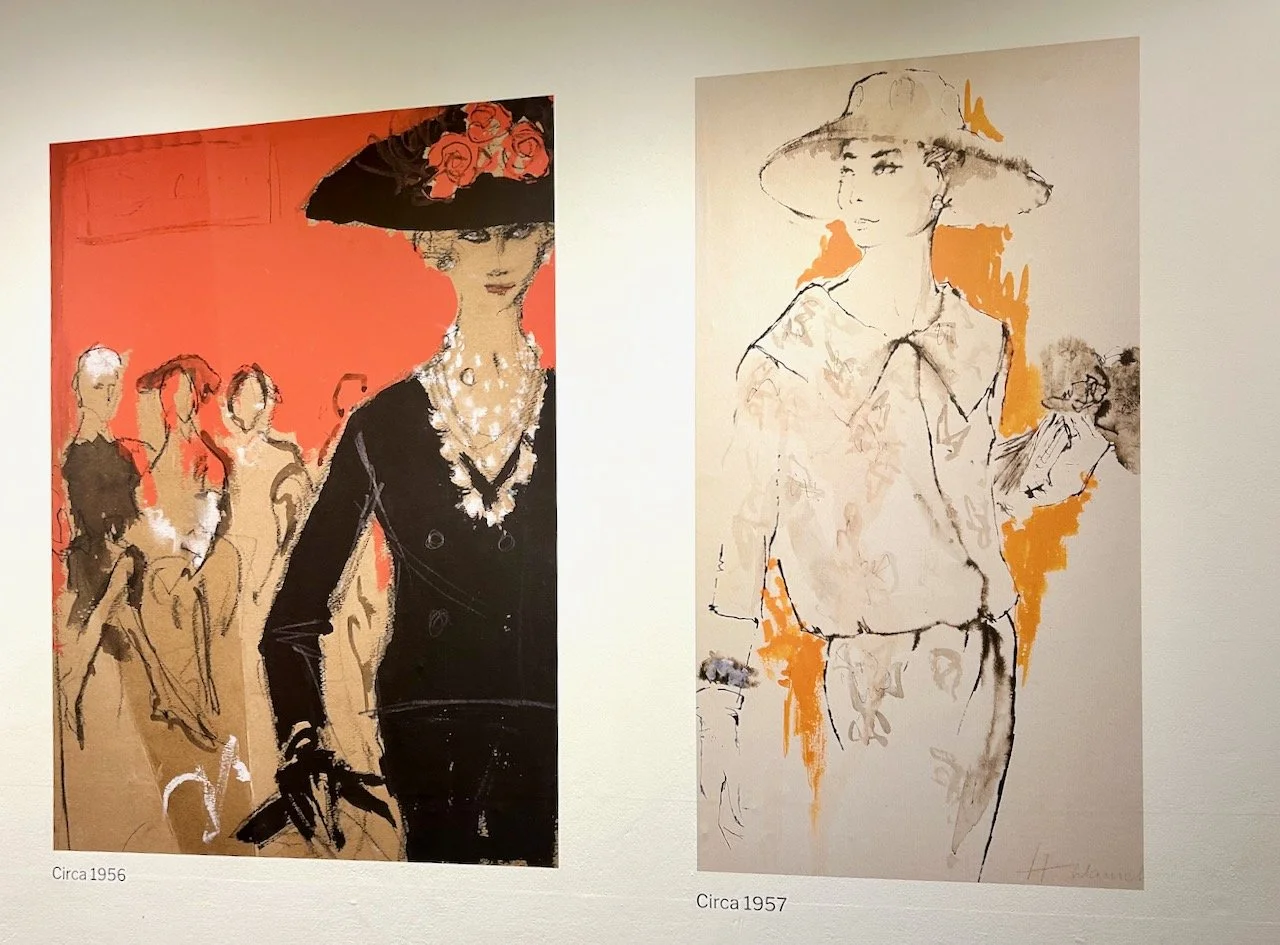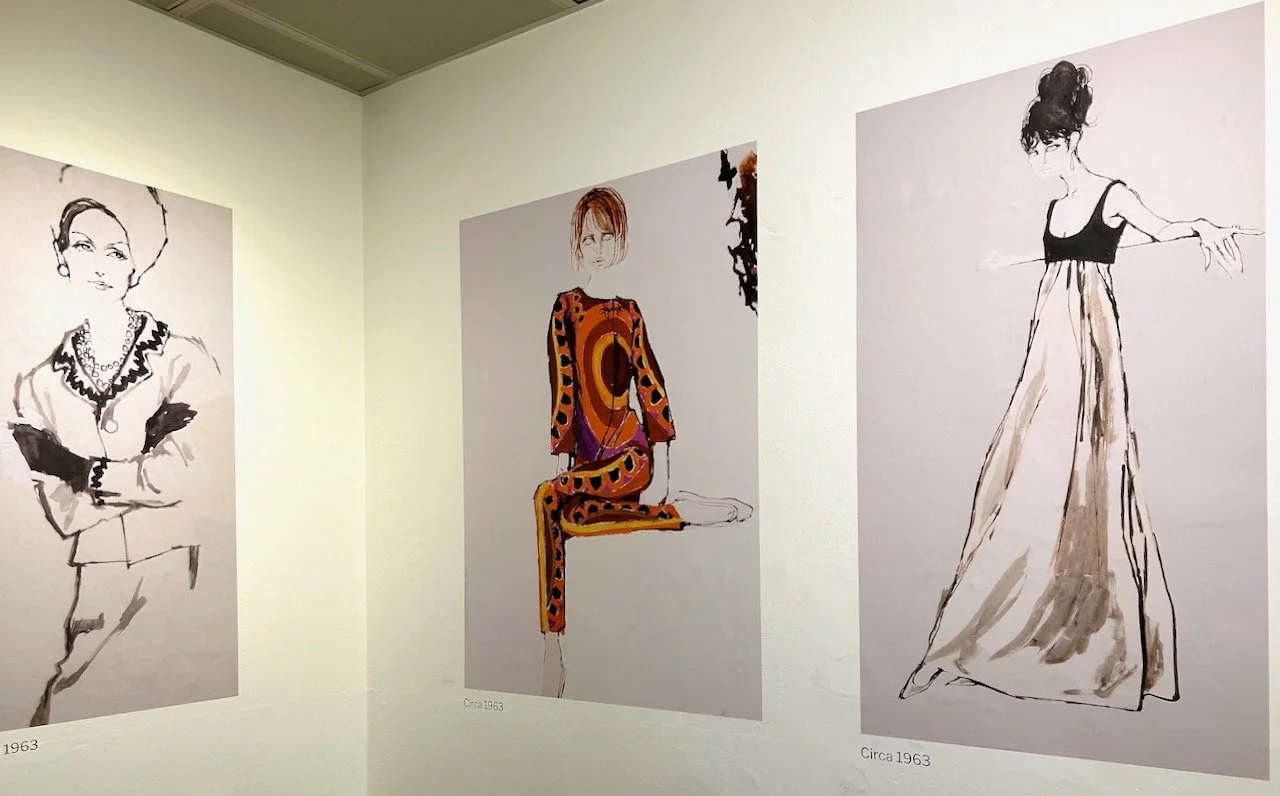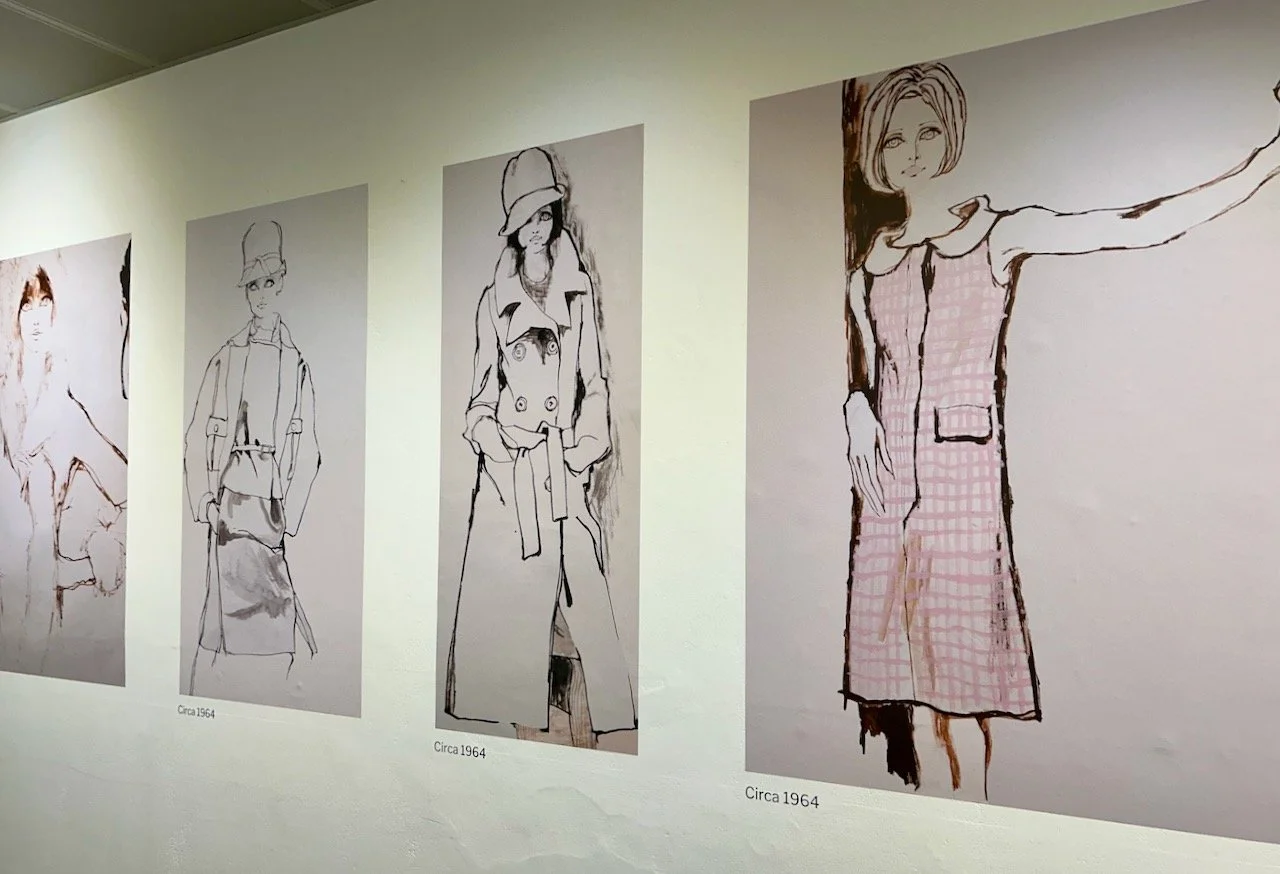So after sharing the fashion illustrations and wishing I could draw as well today I’m sharing some of the outfits on display. The exhibition, which we saw last summer shared the Biba story from 1964 when the first Biba Boutique opened to 1975 when the legendary Big Biba closed its doors; it explored how Biba blossomed to become the world’s first lifestyle label which ‘sparked a revolution in how people shopped’ and how Biba became the brand that epitomises the 60s and 70s fashion.
So even though I was only in double figures towards the end of the 70s many of the designs on display looked familiar and I’m sure influenced the clothes I wore growing up. There were also designs that I’d happily wear today, but I guess that’s part of what makes a great design.
The first Biba boutique opened in Kensington in 1965 and was quickly a success for fashion-savvy teenagers and young women with its inexpensive and fashionable, but low-cost clothing. The interior of the boutique had a nightclub feel with dark interiors, Art-Nouveau inspired wallpaper and curtains which obscured the outside world - which in a way seems similar to the Hollister store in Stratford when that opened in the late 2000s.
The black and white print jumpsuit is quite a statement isn’t it? It was worn by the artist Jill Richter for her wedding in May 1965, and while trousers had become acceptable as informal wear for women in the 30s, in the 60s trousers were still considered inappropriate for women’s professional lives or for formal occasions. Which seems unimaginable today.
The blue and green chiffon dress in the photo above dates from the summer of 1967 when it was sold and worn, Barbara said that they were determined that customers would be able to buy summer clothes in summer and autumn clothes in autumn, something we take for granted today. But it was interesting to learn that before the revolution of 1960s London fashion, clothes were investments, and this was a new way of thinking.
These dresses have a different feel don’t they - the blue one on the left is from 1970 and the exhibition notes say that it ‘captures the new mood at biba with the development of the Biba “Dolly Bird” of the mid-1960s into the Biba woman’ - language of its time, but definitely a more refined look. These were part of the Biba couture department which was dedicated to selling the high-end Biba range, and costing around ten times of standard Biba clothing - it only lasted for eighteen months though, closing in 1971.
It’s the second outfit (from the left) in the photo below that brings back memories - I’m sure mum made both herself and me a similar outfit to this for a wedding, though in different material to this, and to each other. I’m sure mine was a much simpler version, but I remember being proud to be wearing something so grown up!
The outfit next to it - the wrap-over top and skirt, is one of those I’d be happy to wear today, but actually it dates to 1972. The trouser suit on the right though, not so much!
These outfits are later, with the black dress printed with a carnation design dating to 1974 as does the floral dress in three colourways at the back of the photo. Again both designs that wouldn’t look out of place today, but also captures Hulanicki’s ideal Biba look of the period - almost reminiscent of the Cadbury’s Flake advert too, if you’re of a certain age!
And I’ll leave you with one final outfit - it’s bright and fun and no doubt made whoever wore it feel a million dollars.
Barbara Hulanicki and the Biba story started by dressing the girl on the street, but more was to come and the next part of the exhibition was dedicated to Biba as the world’s first lifestyle label - more on that soon.
